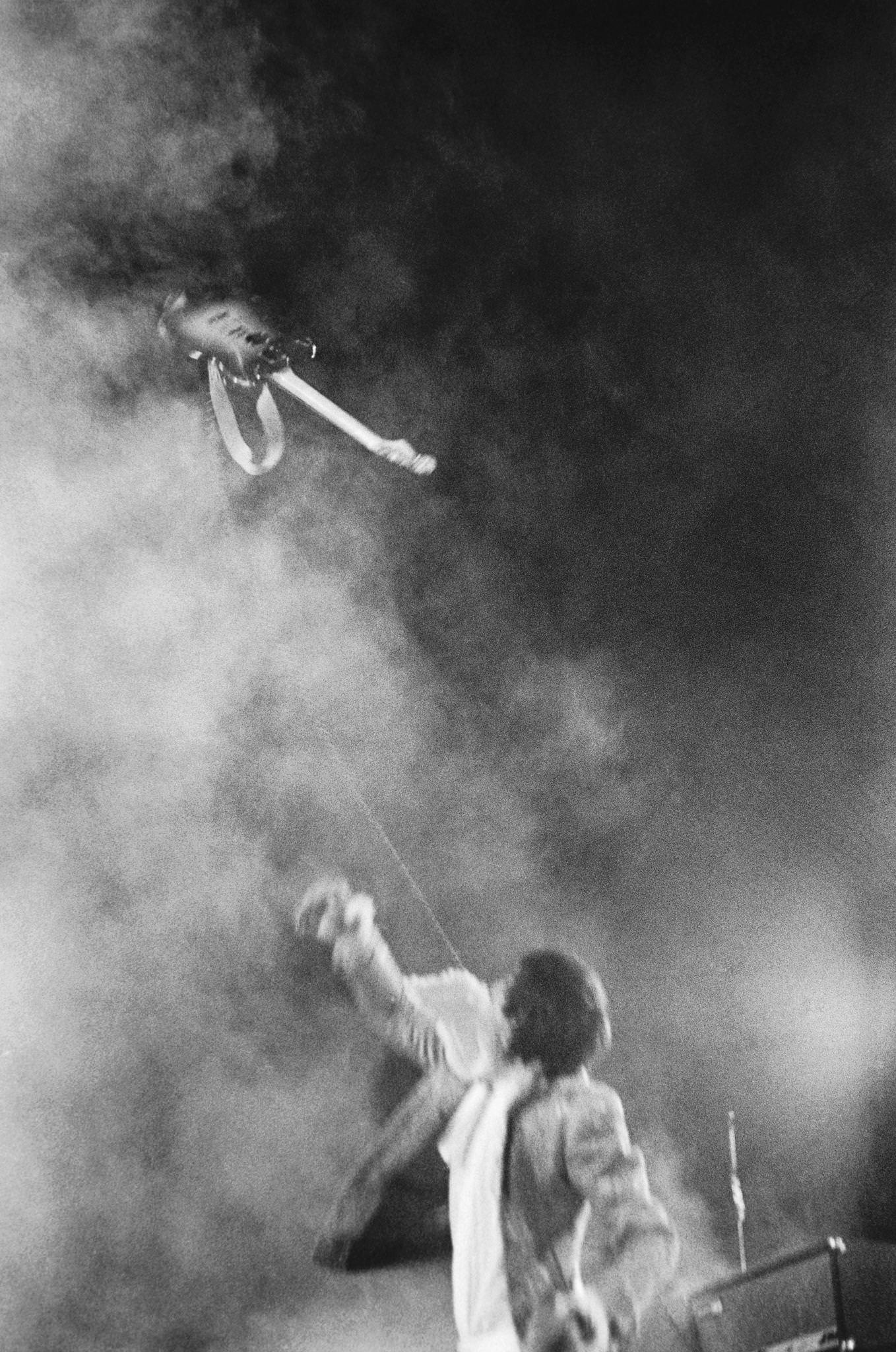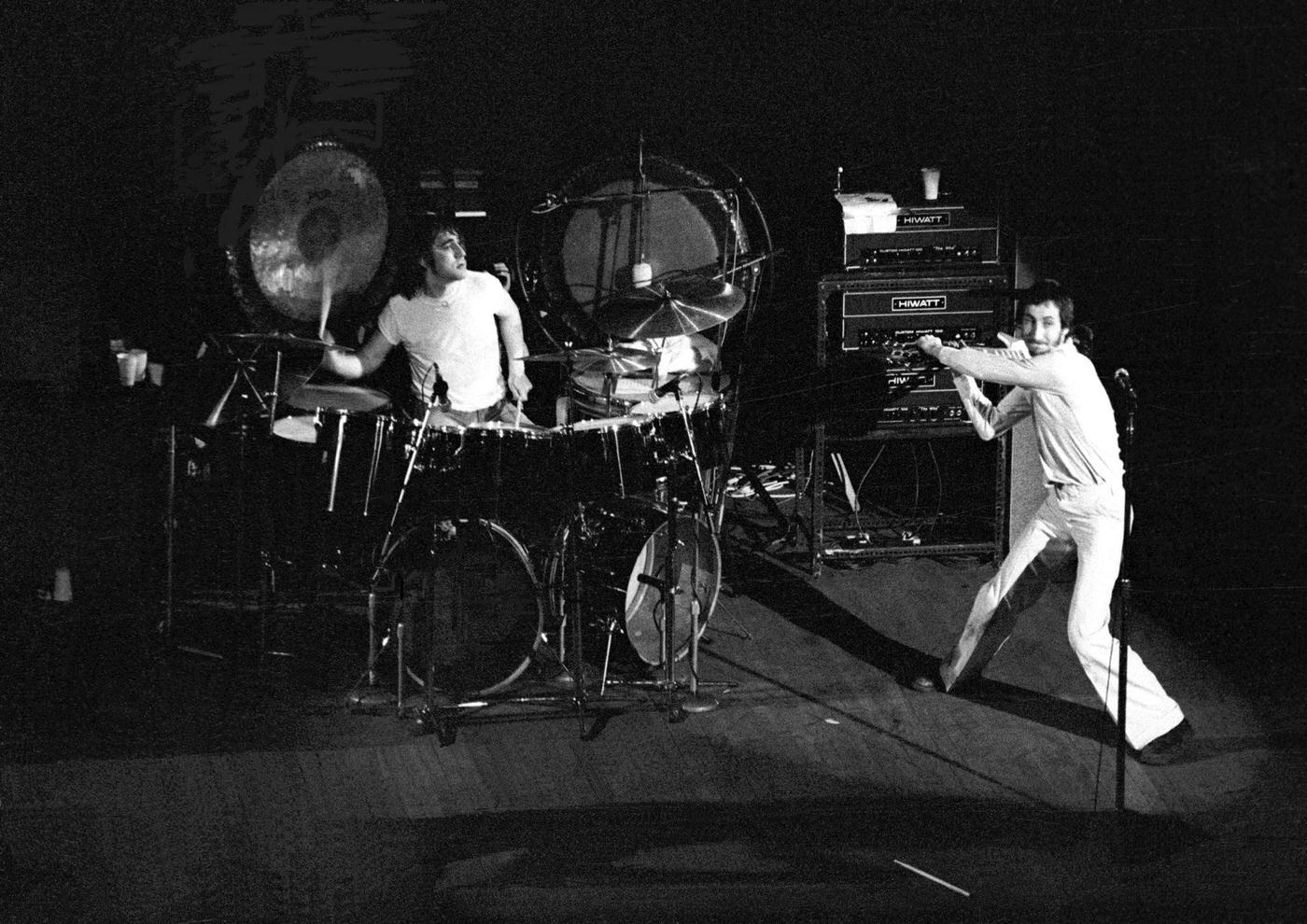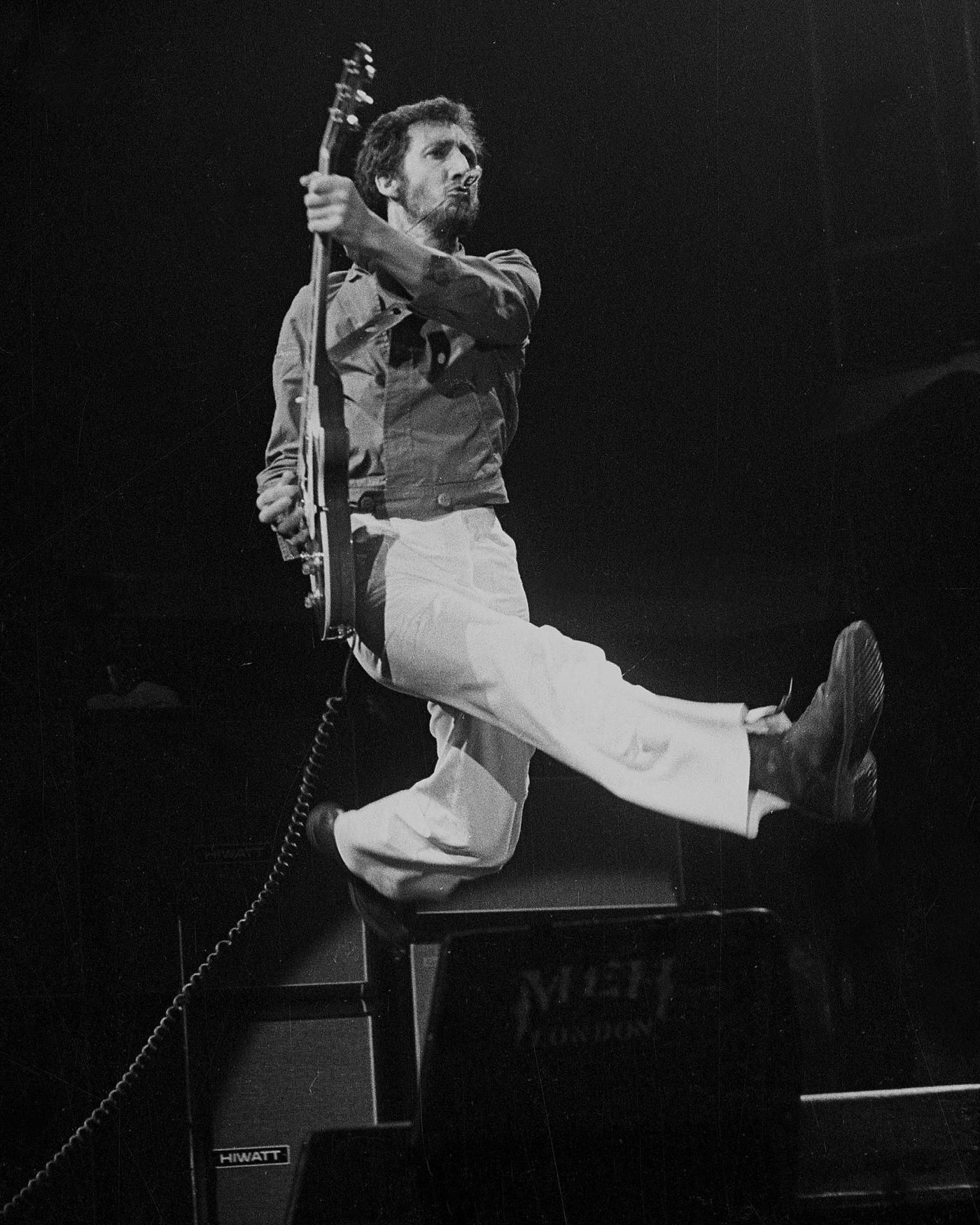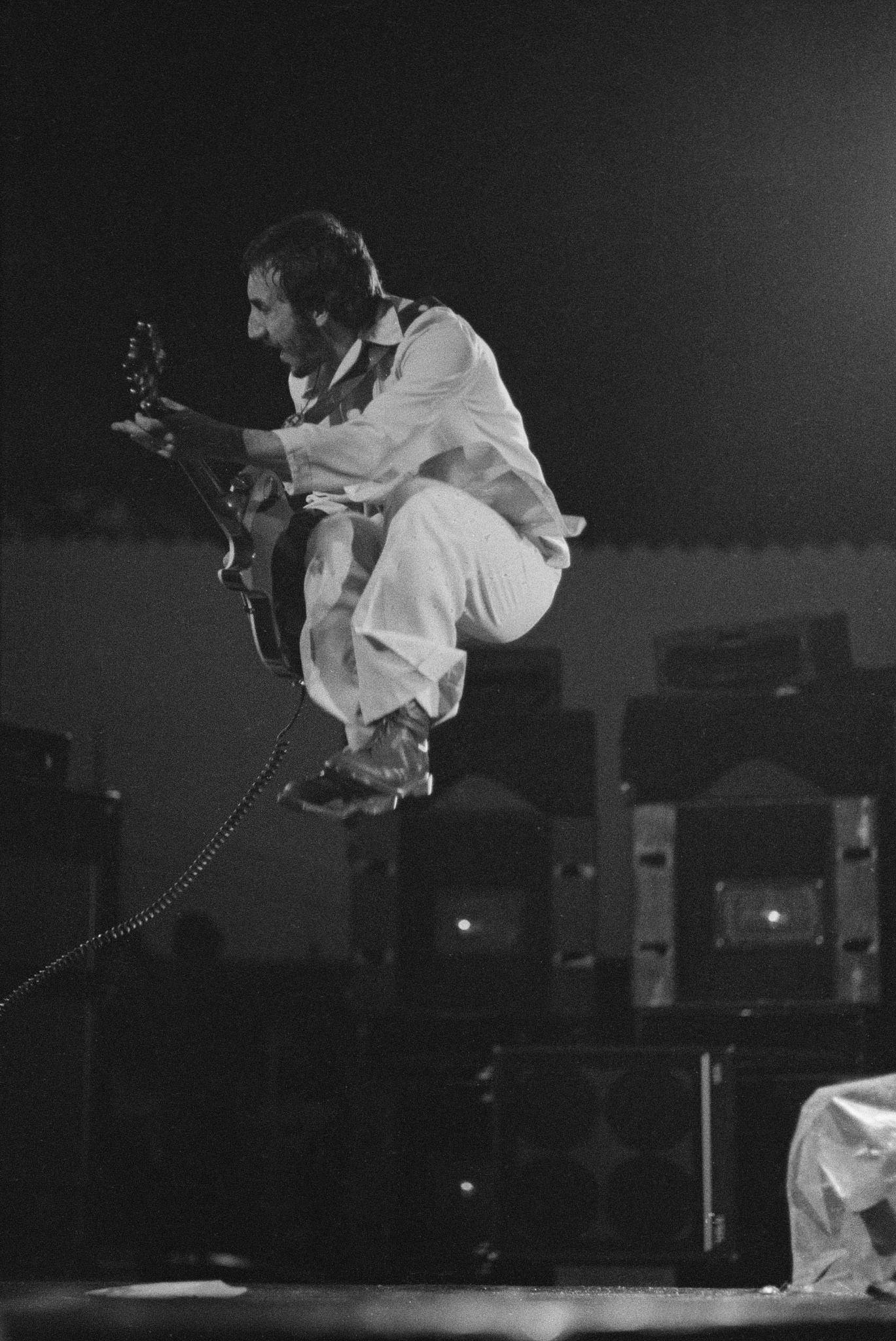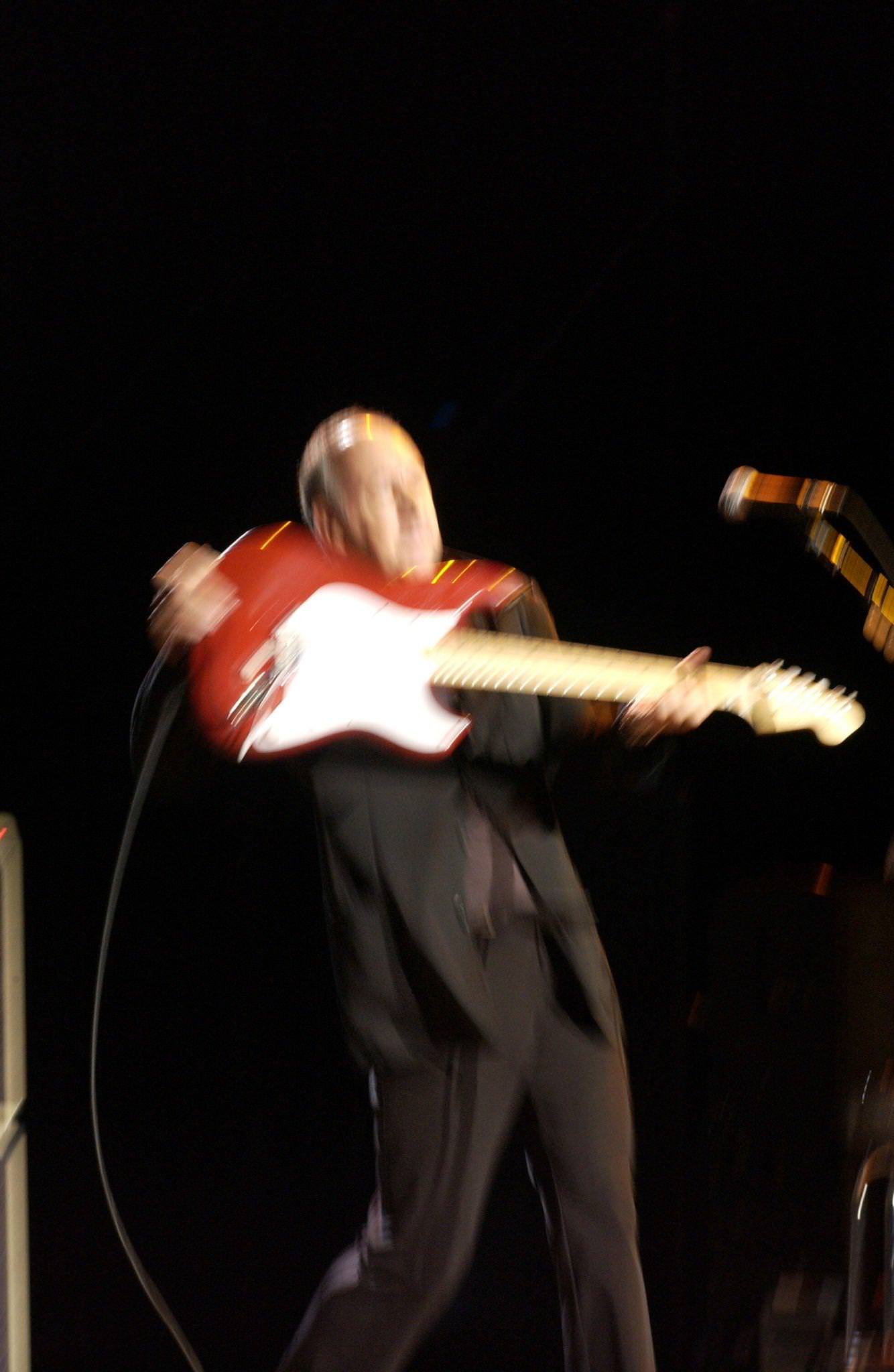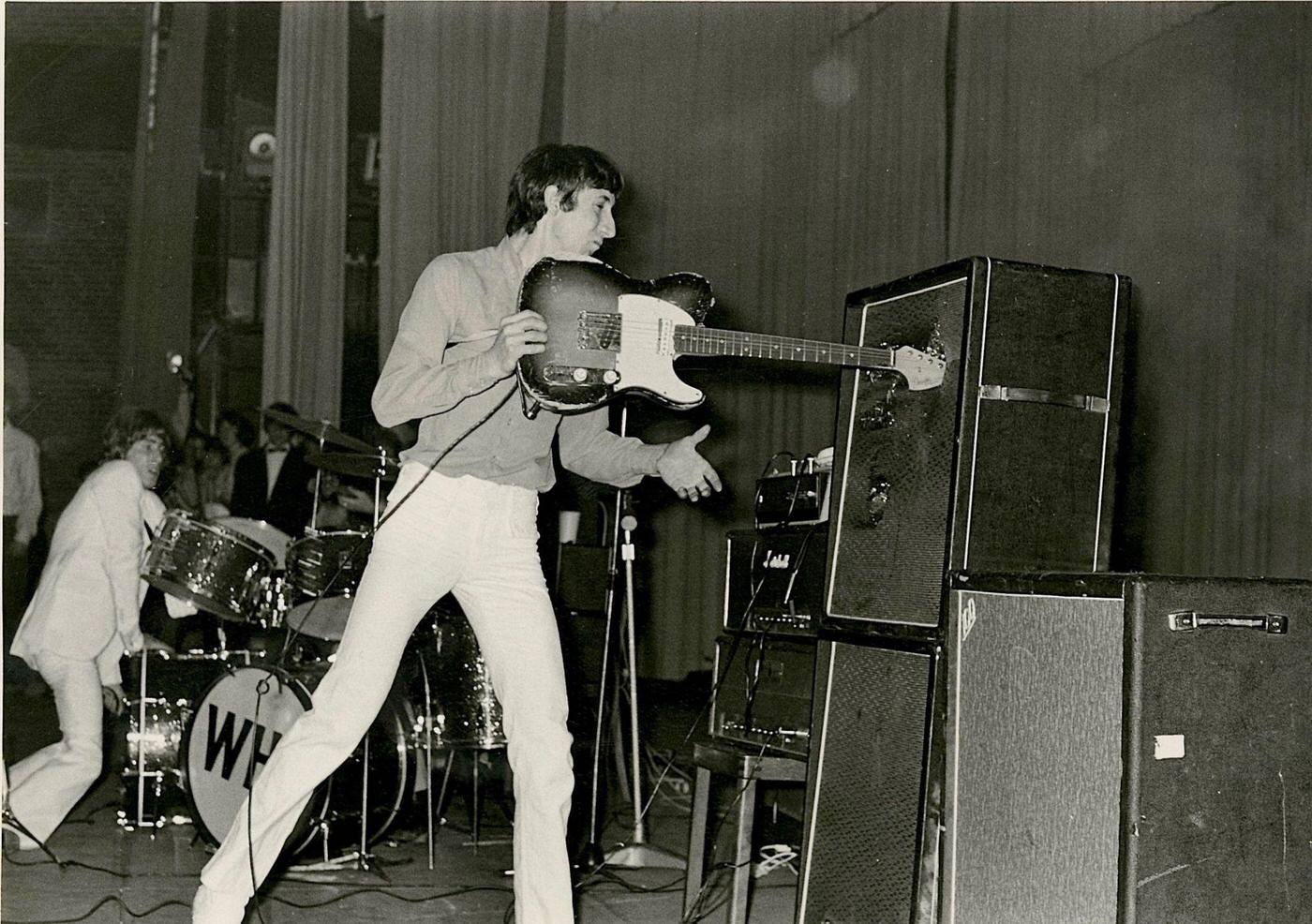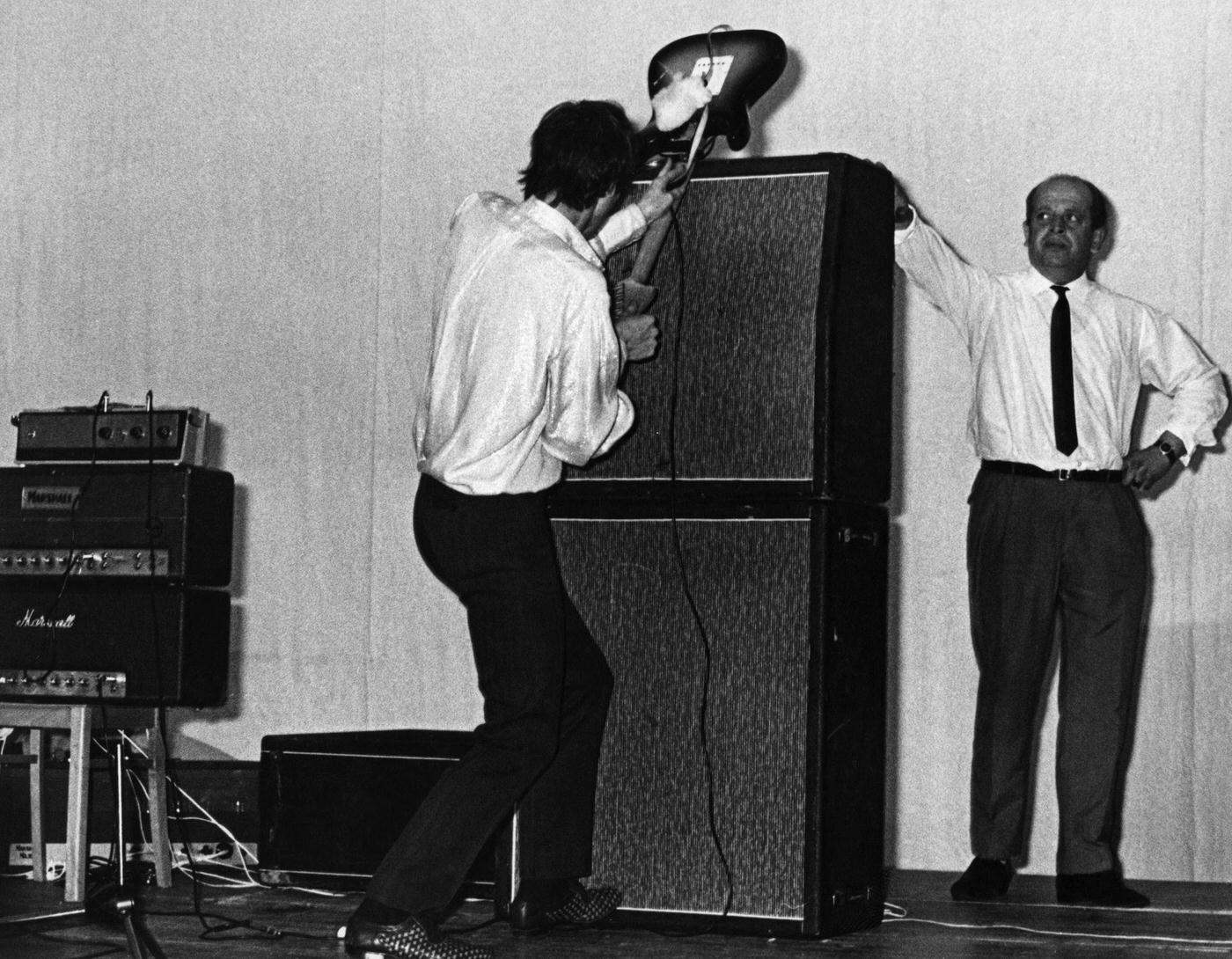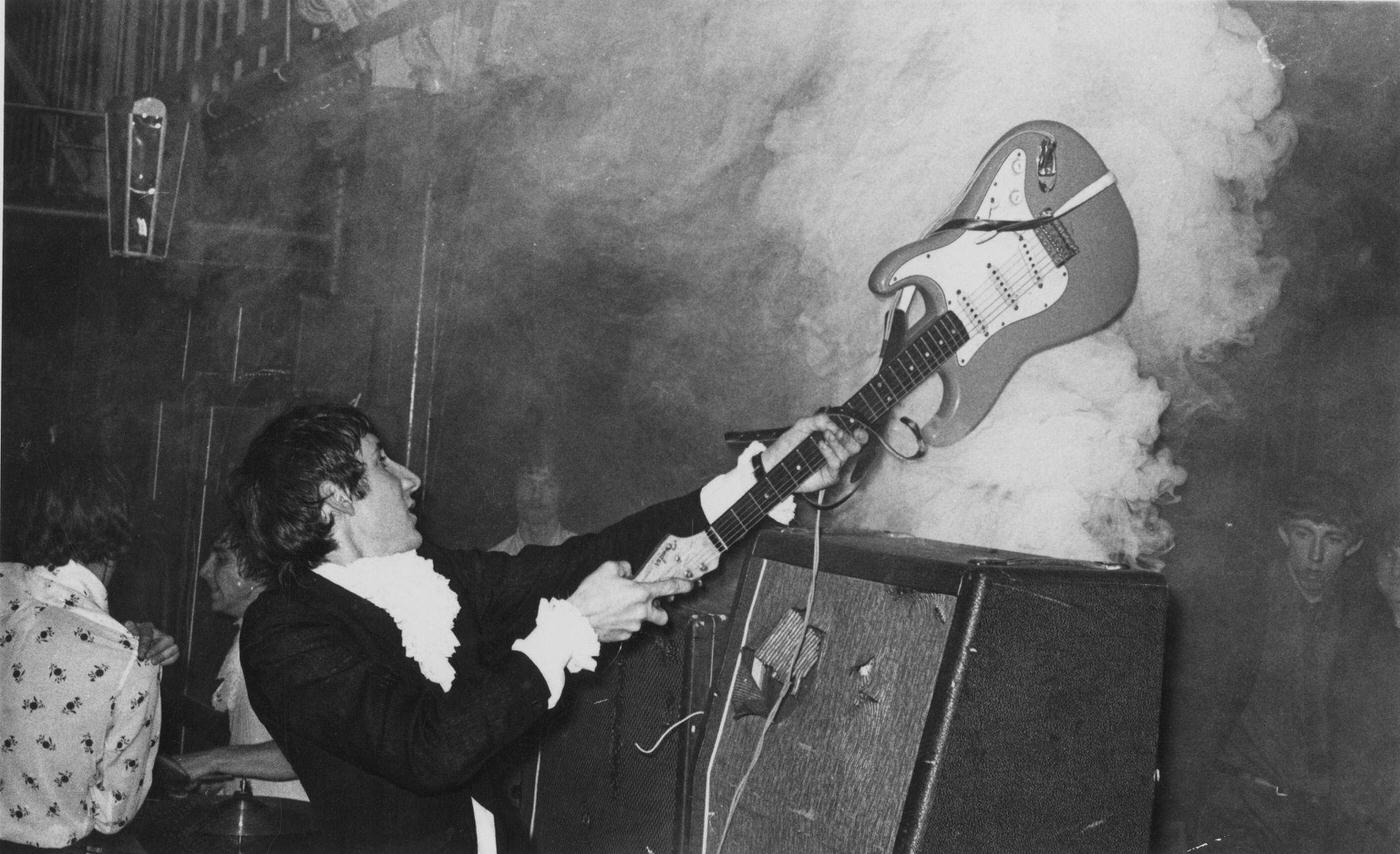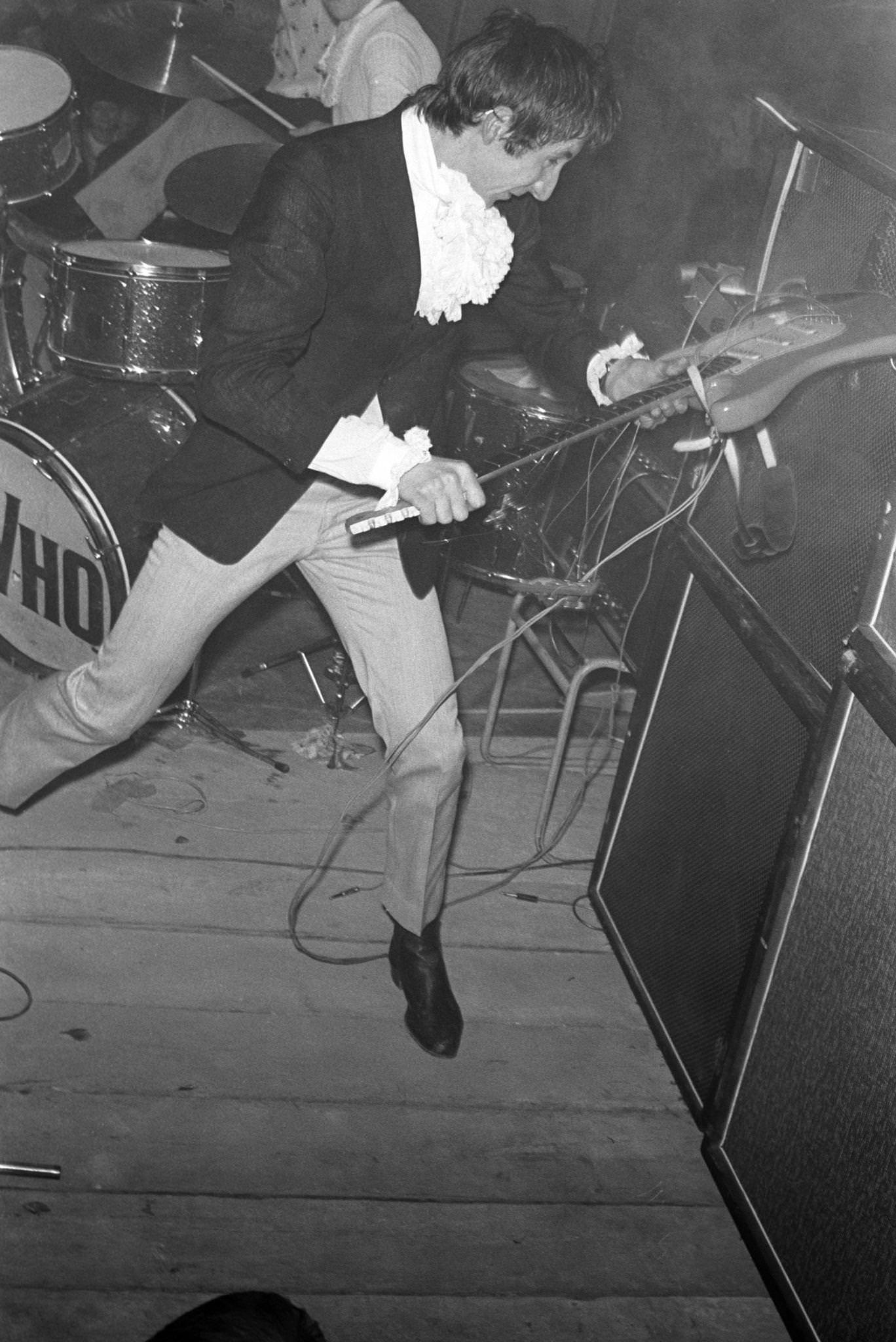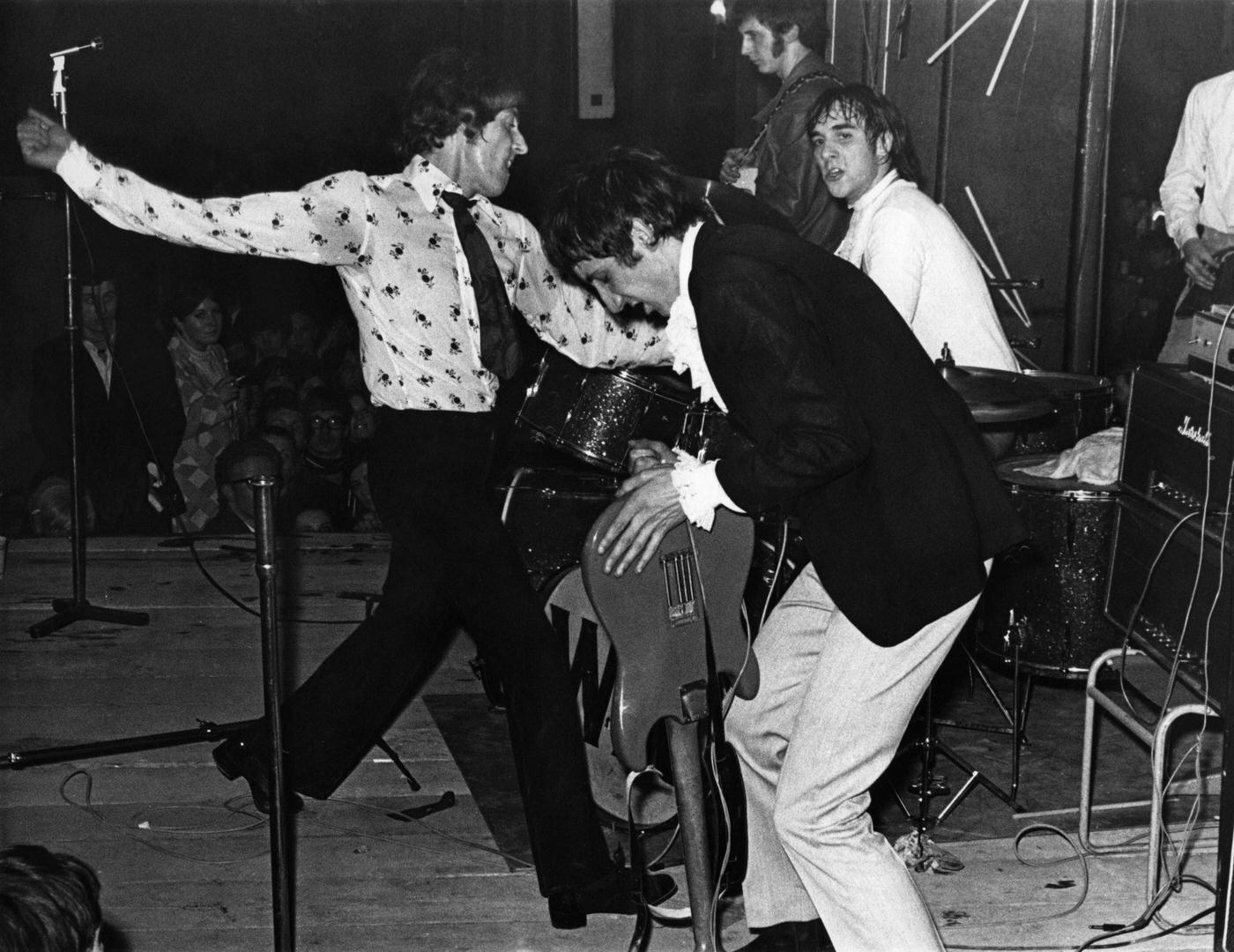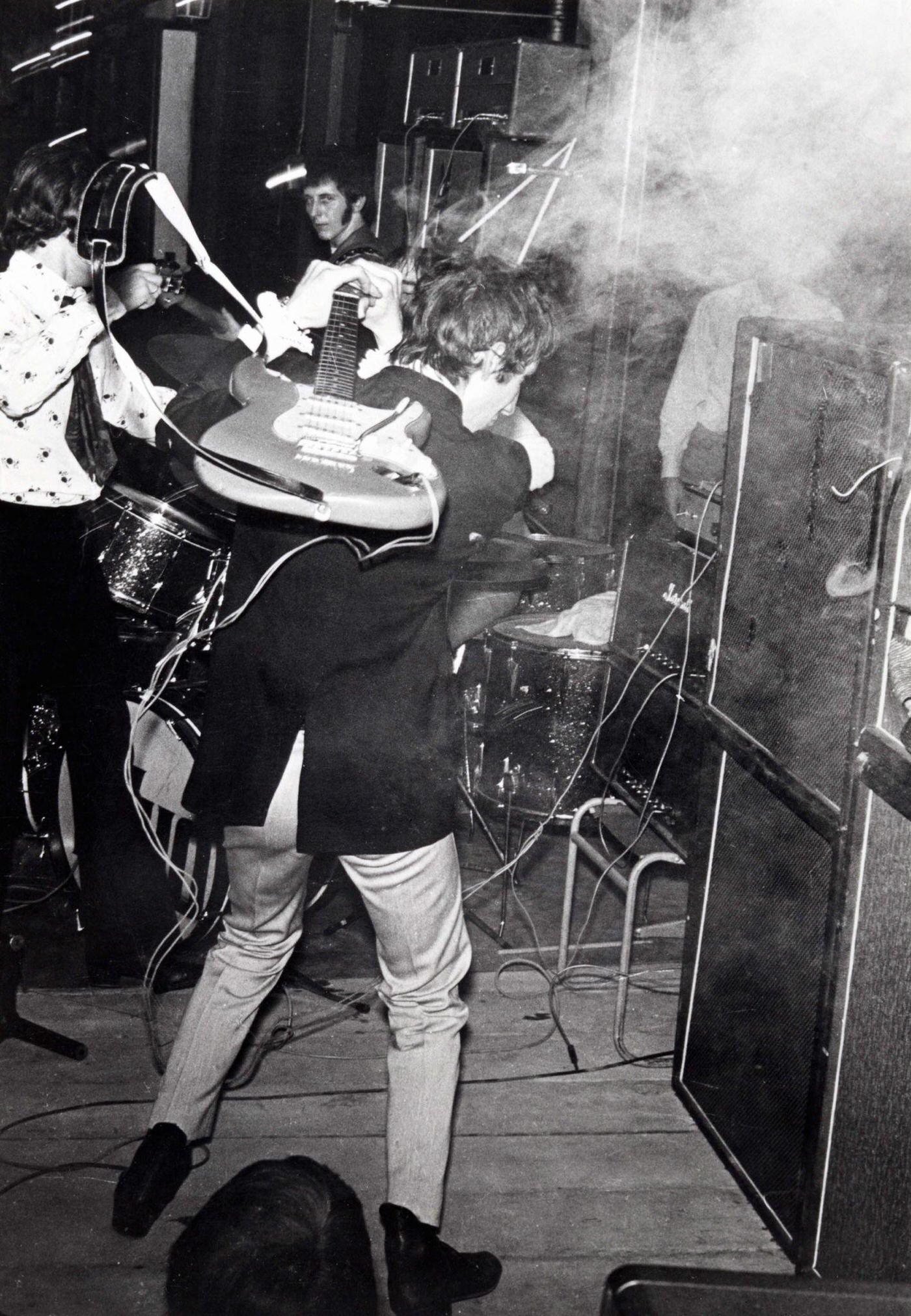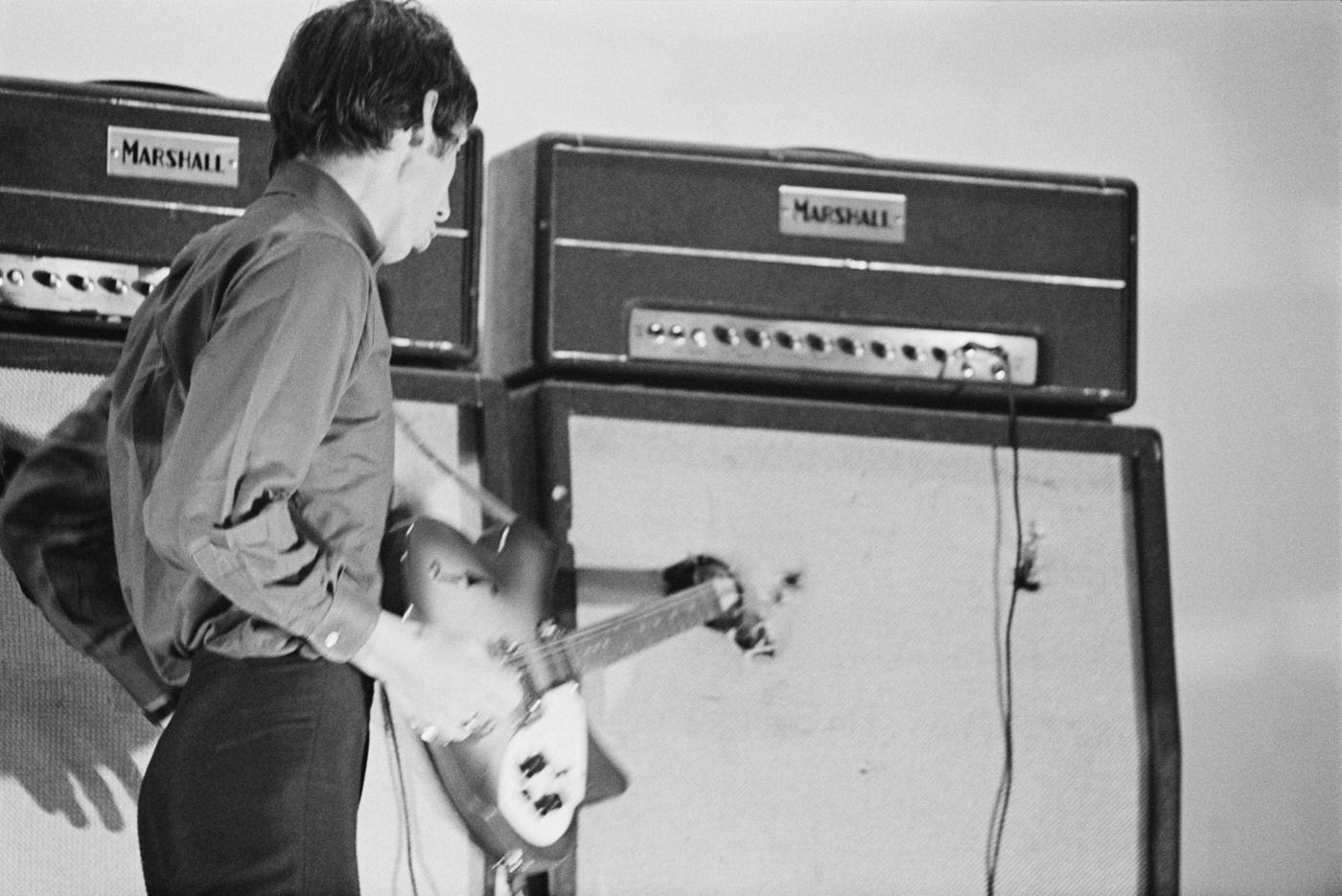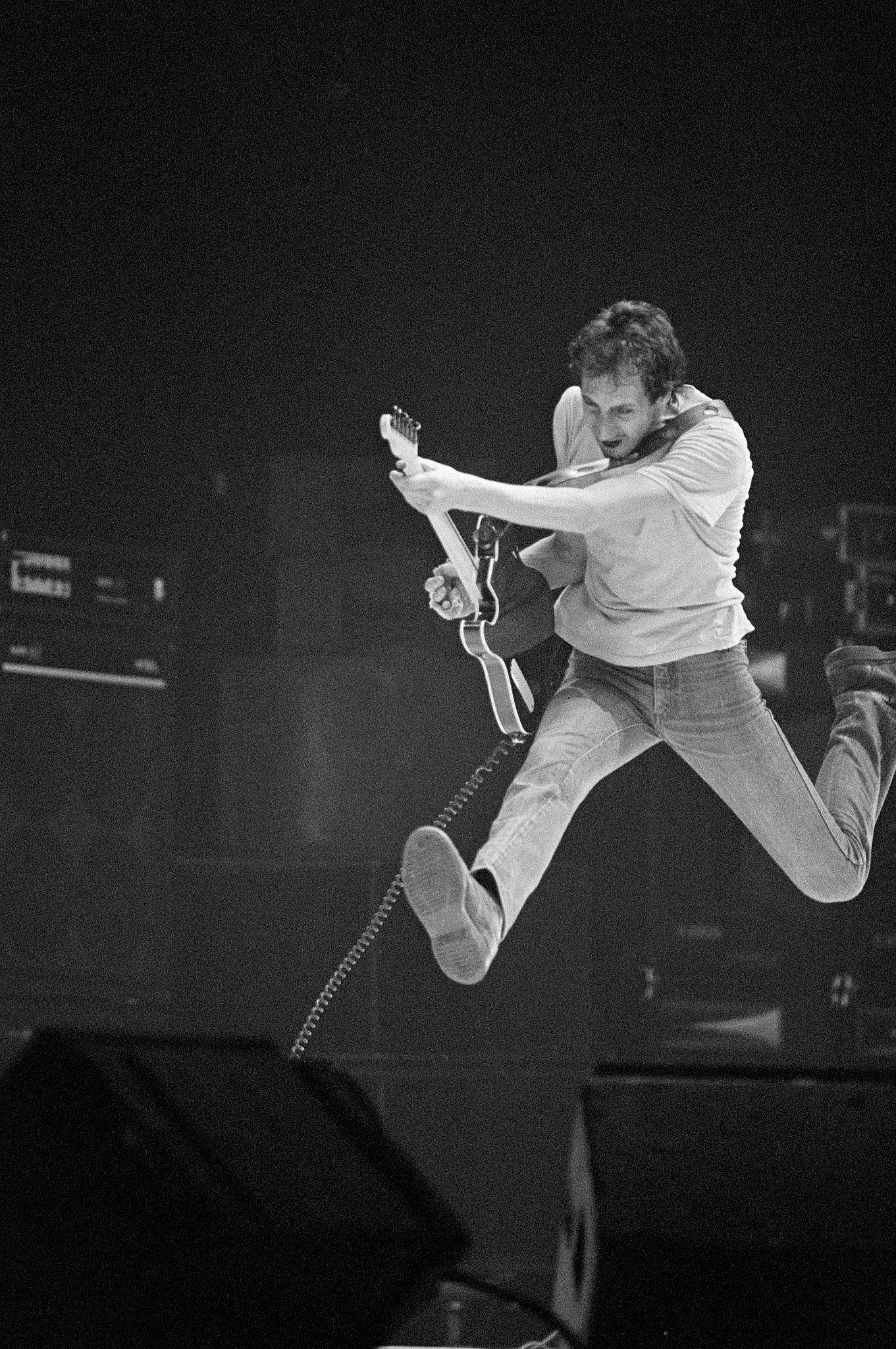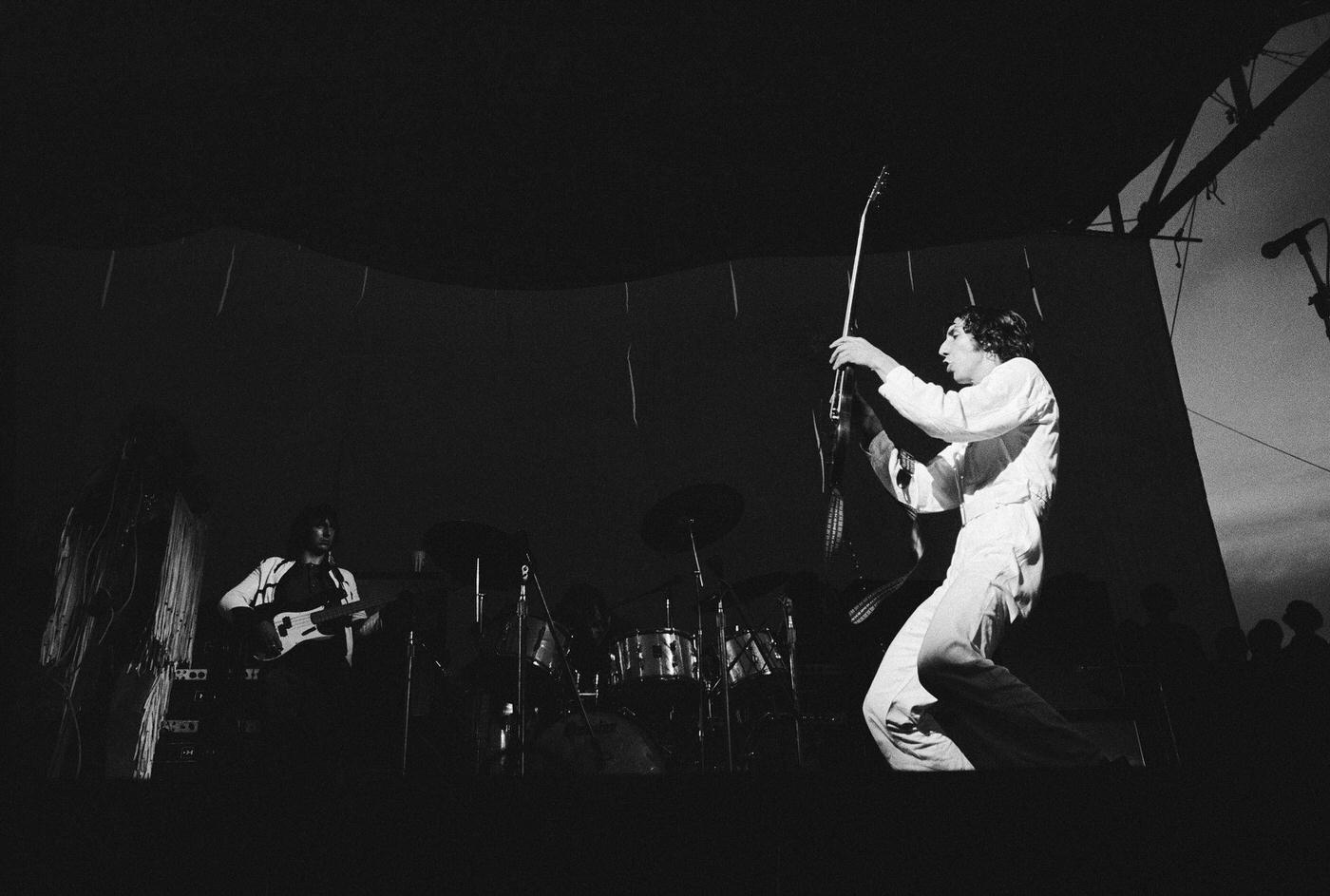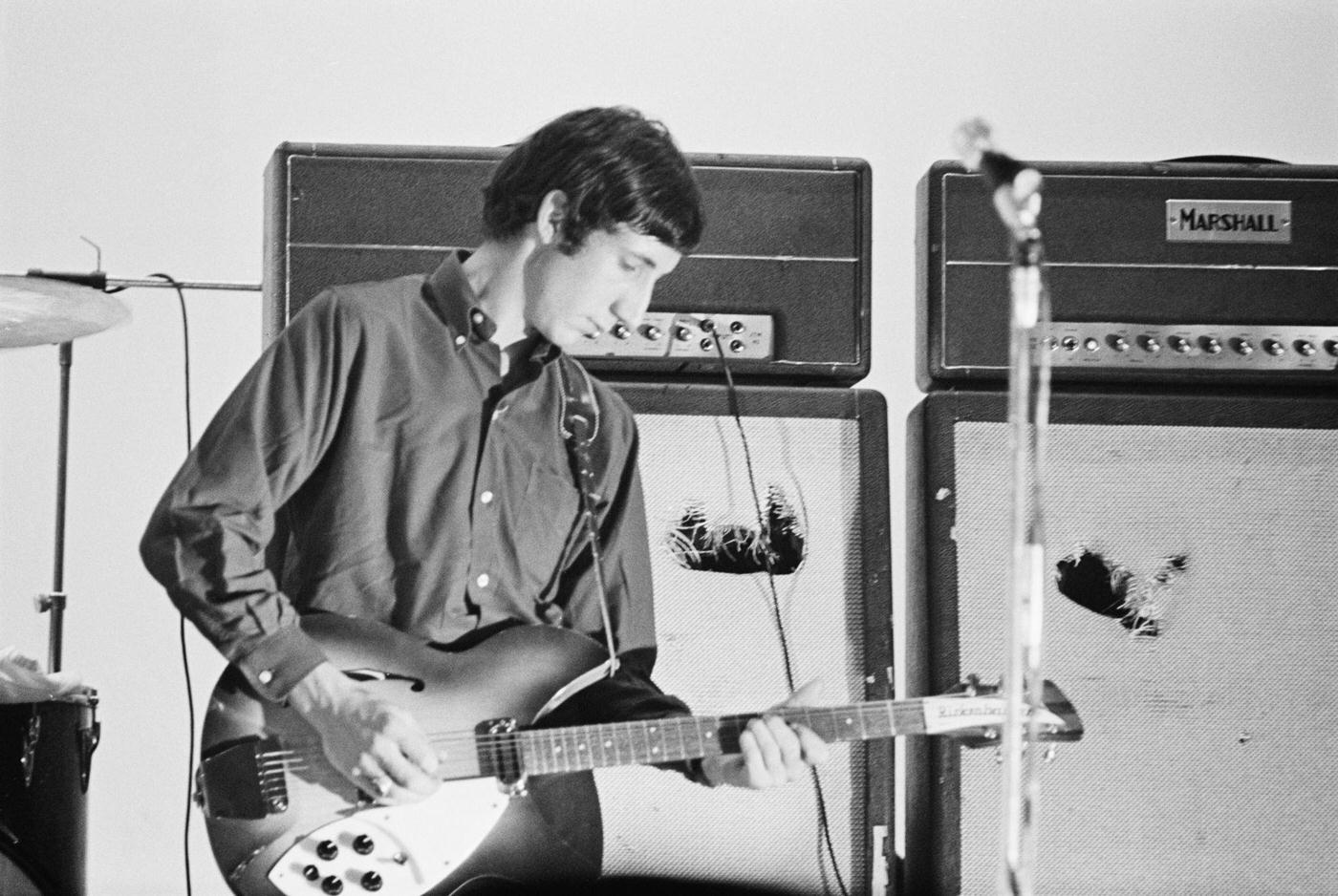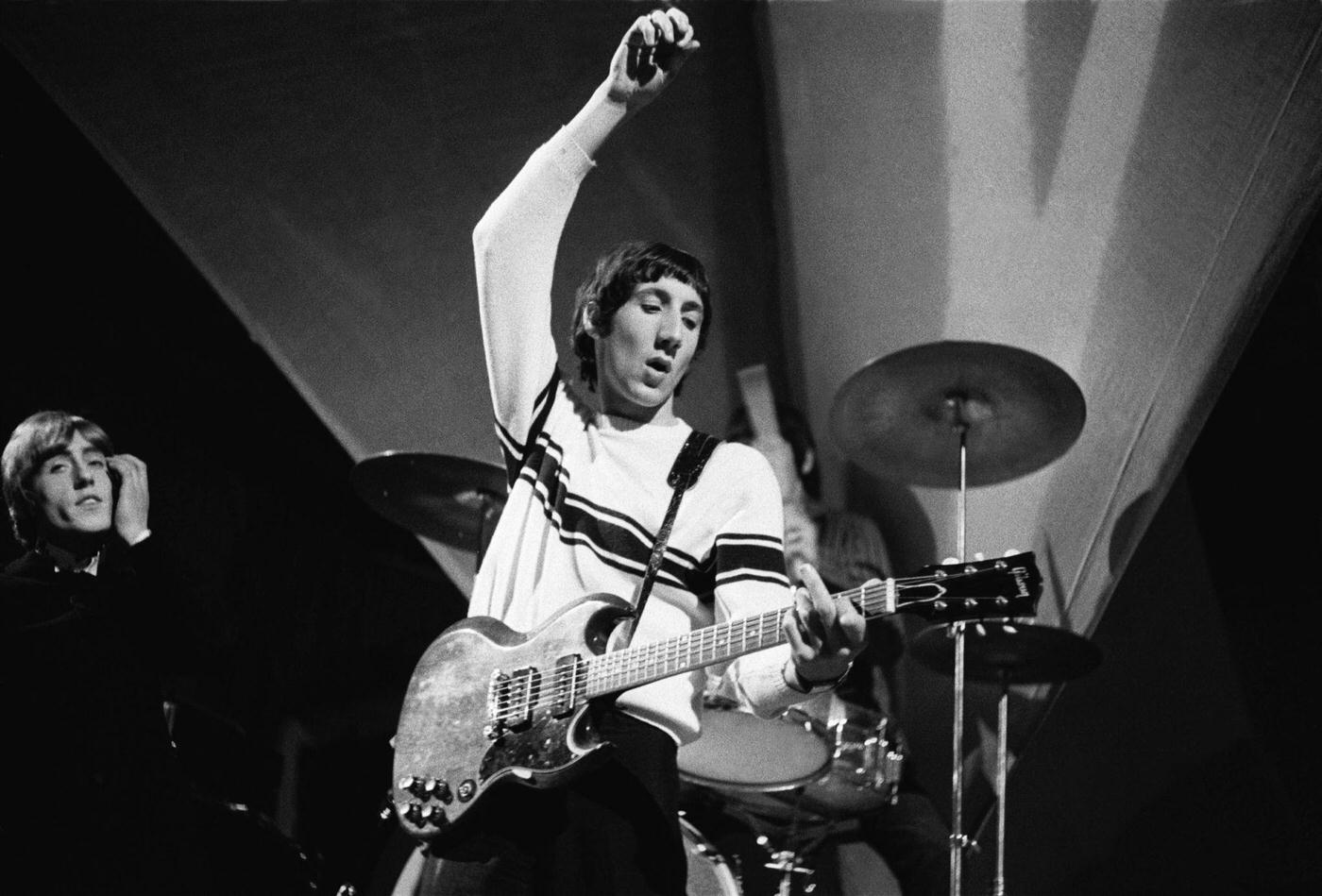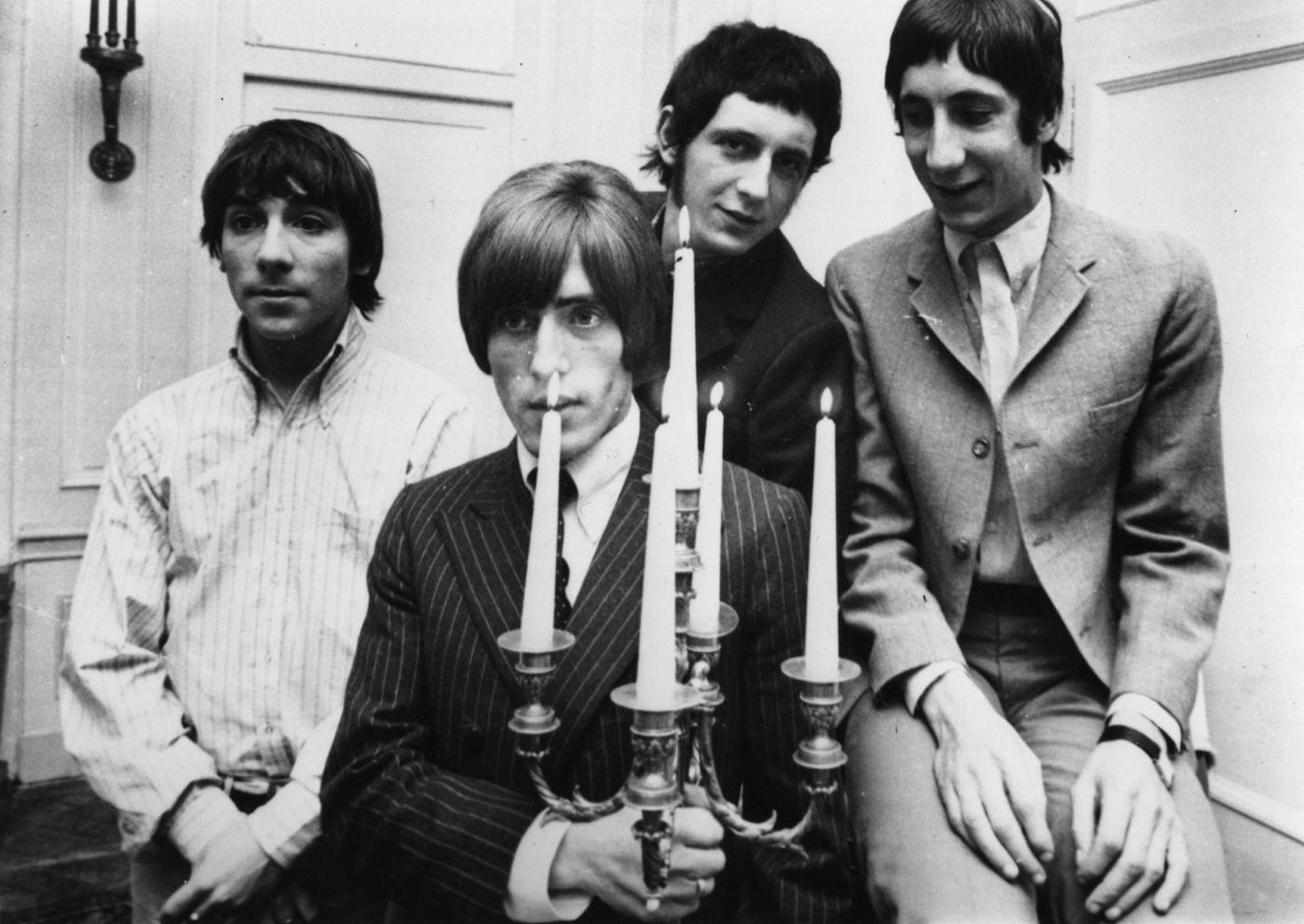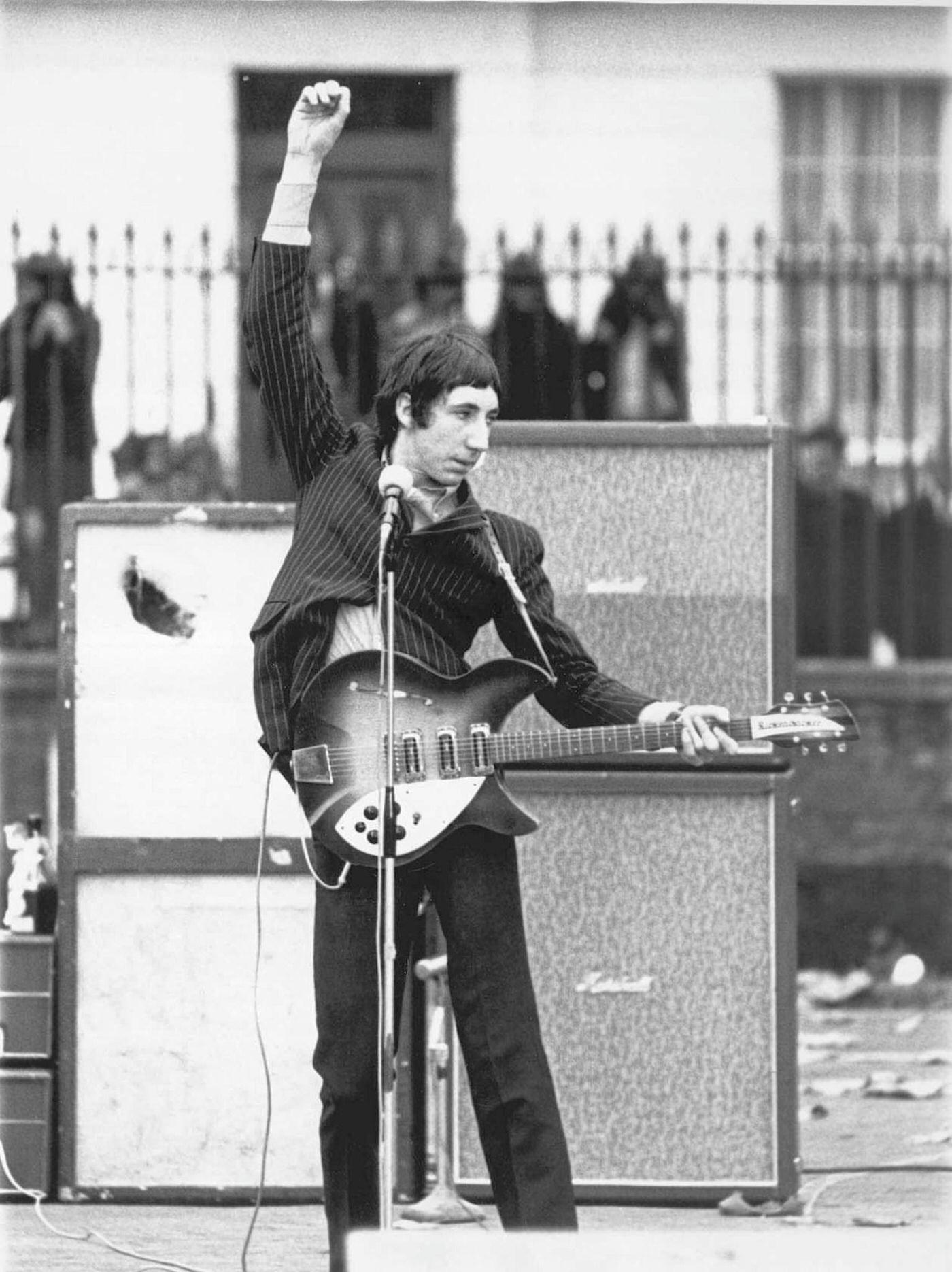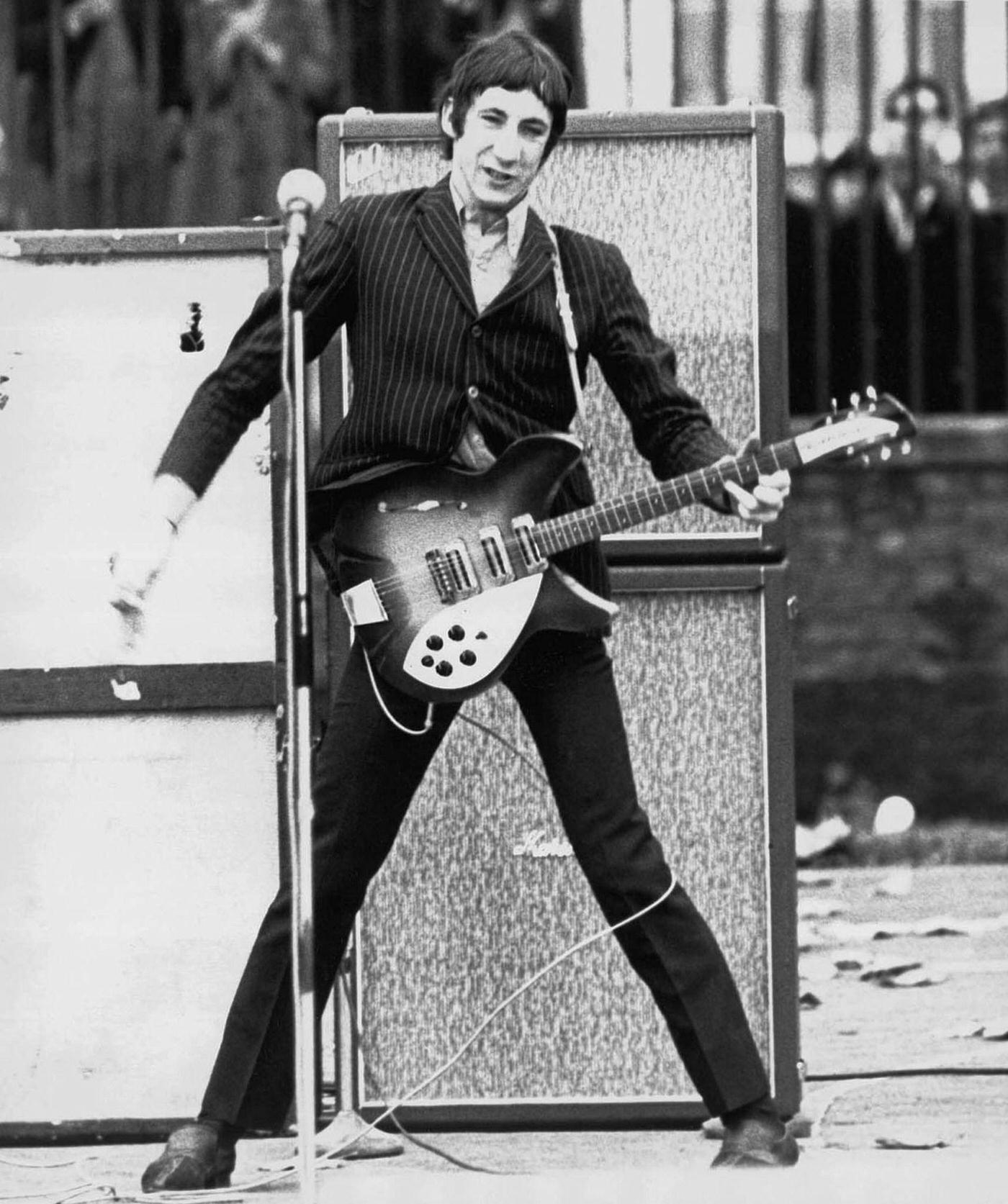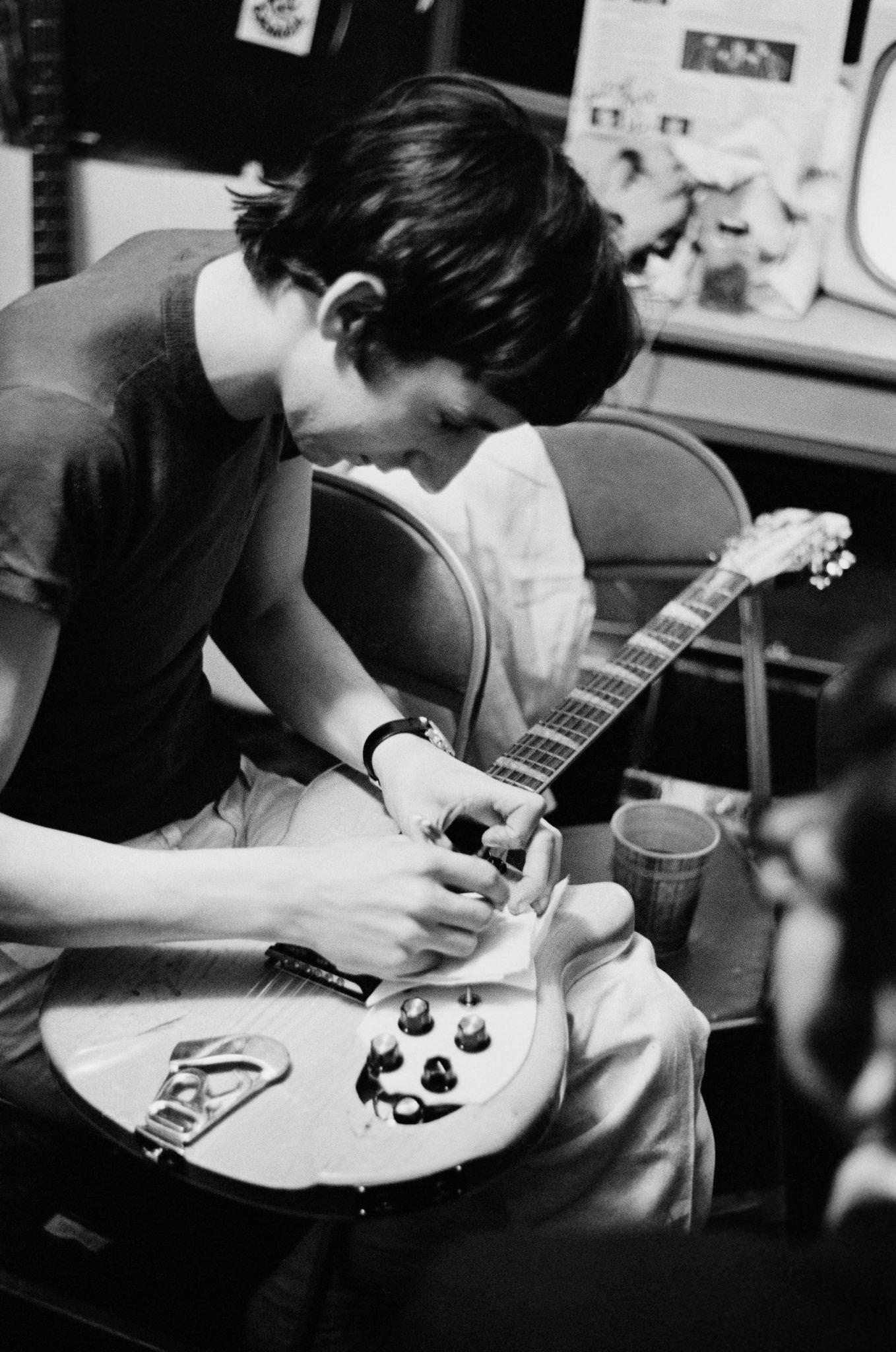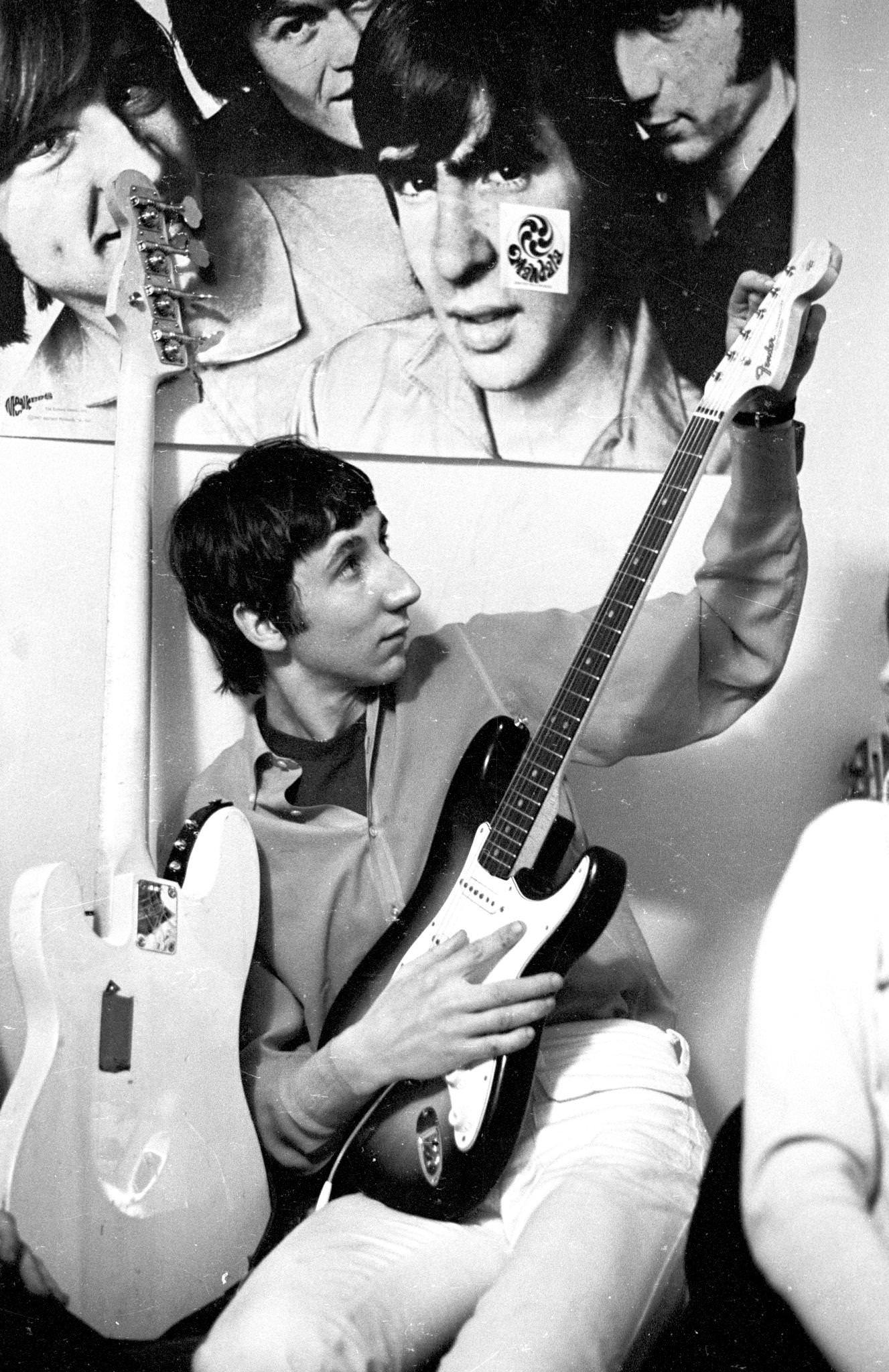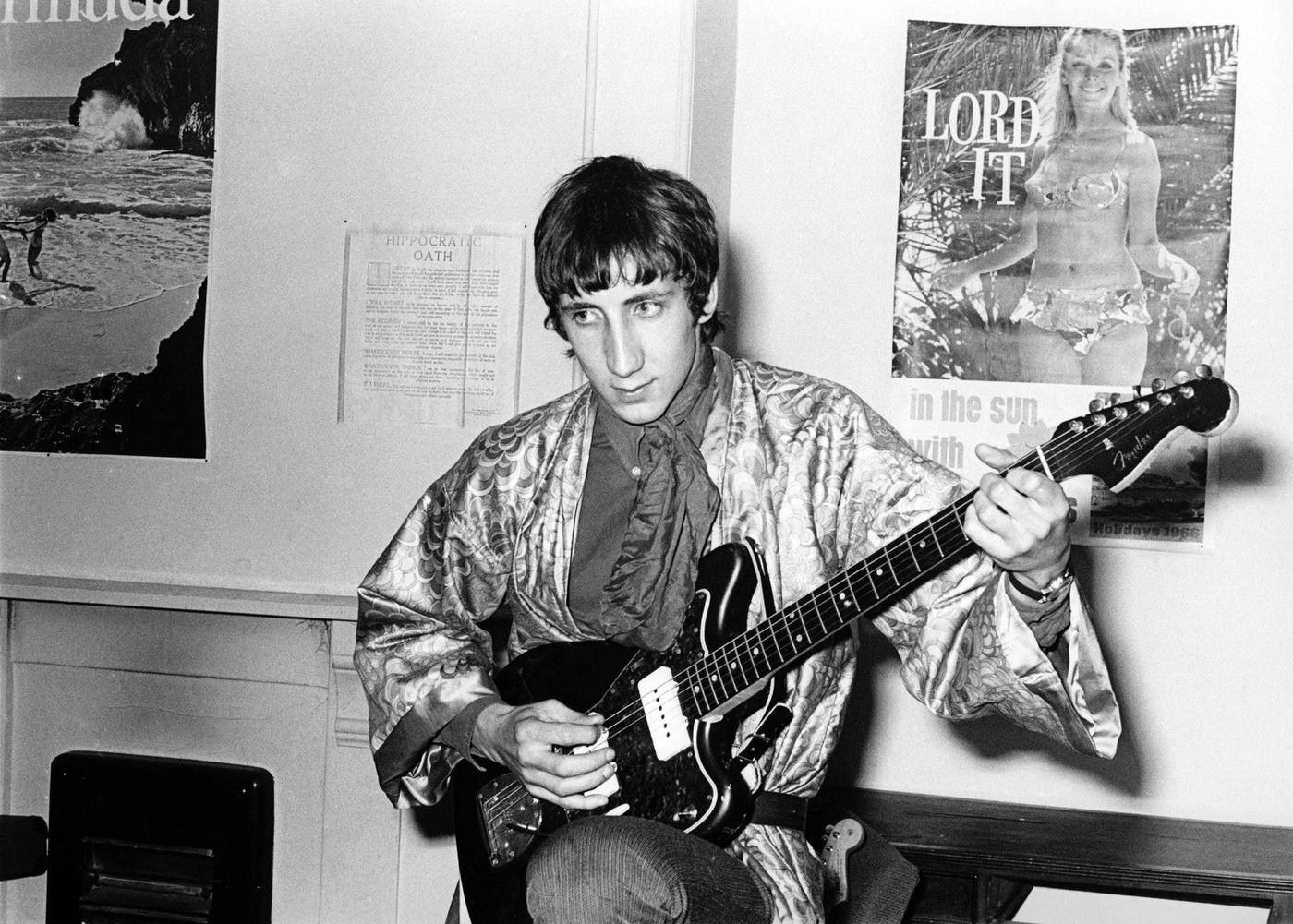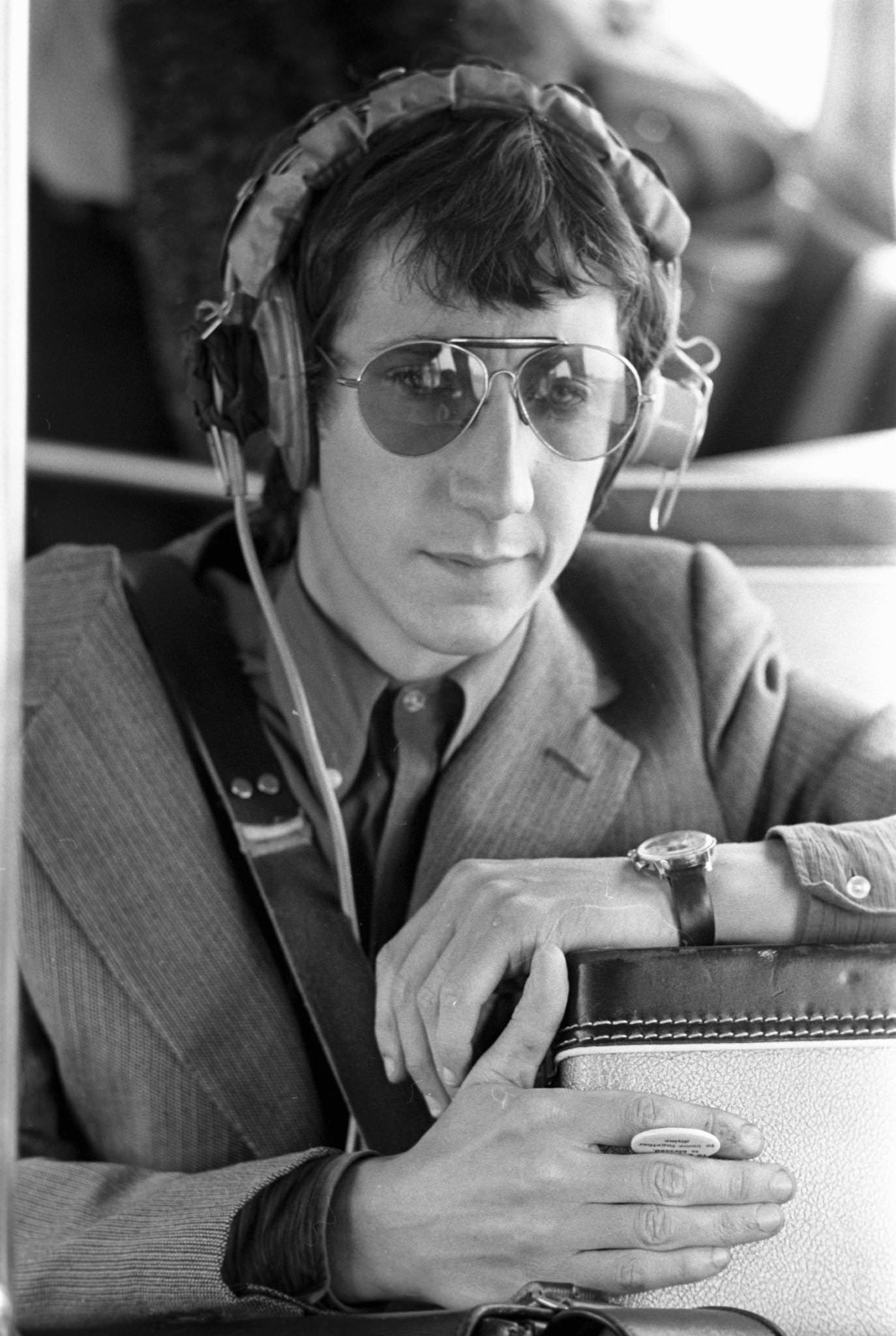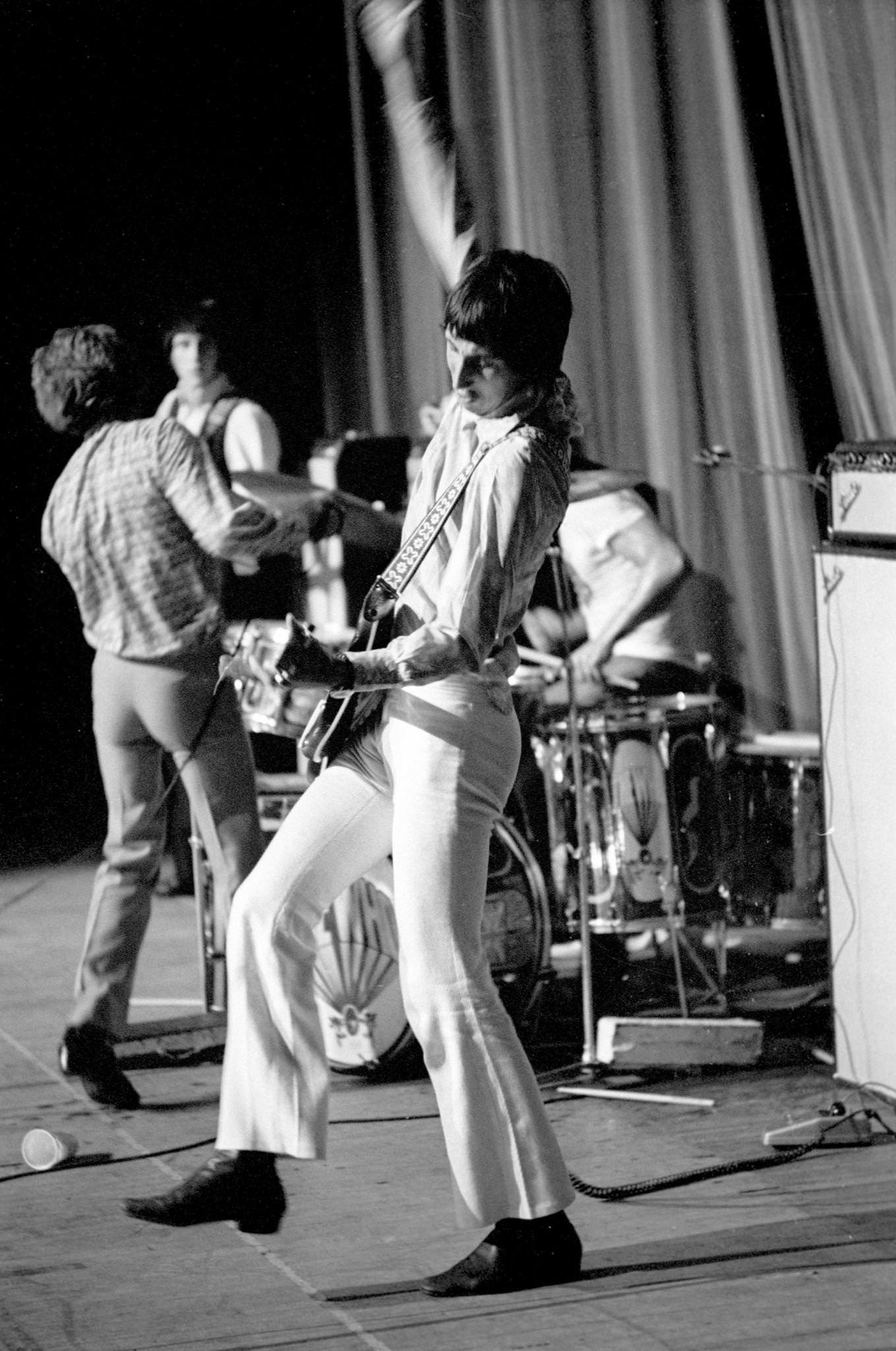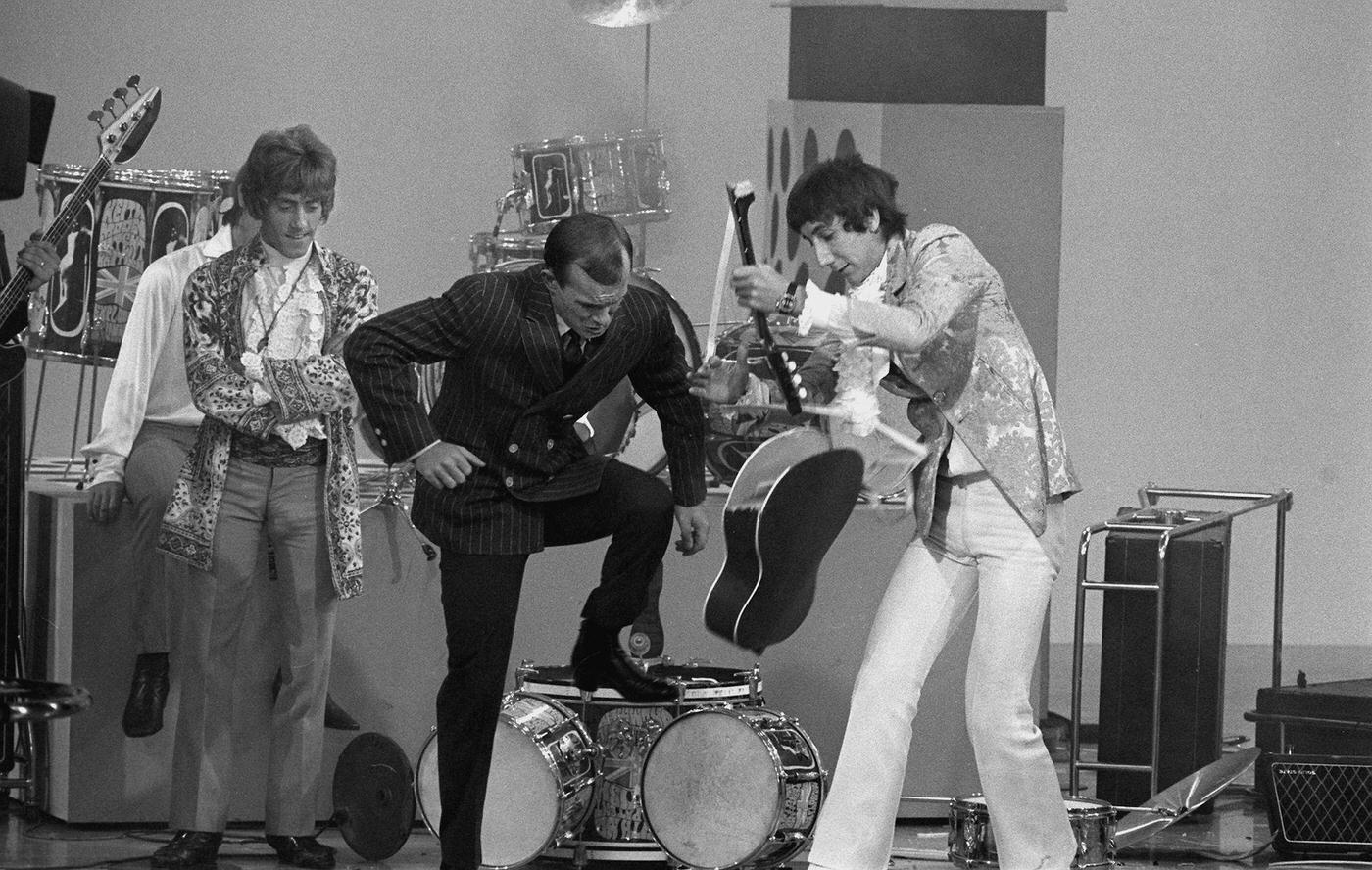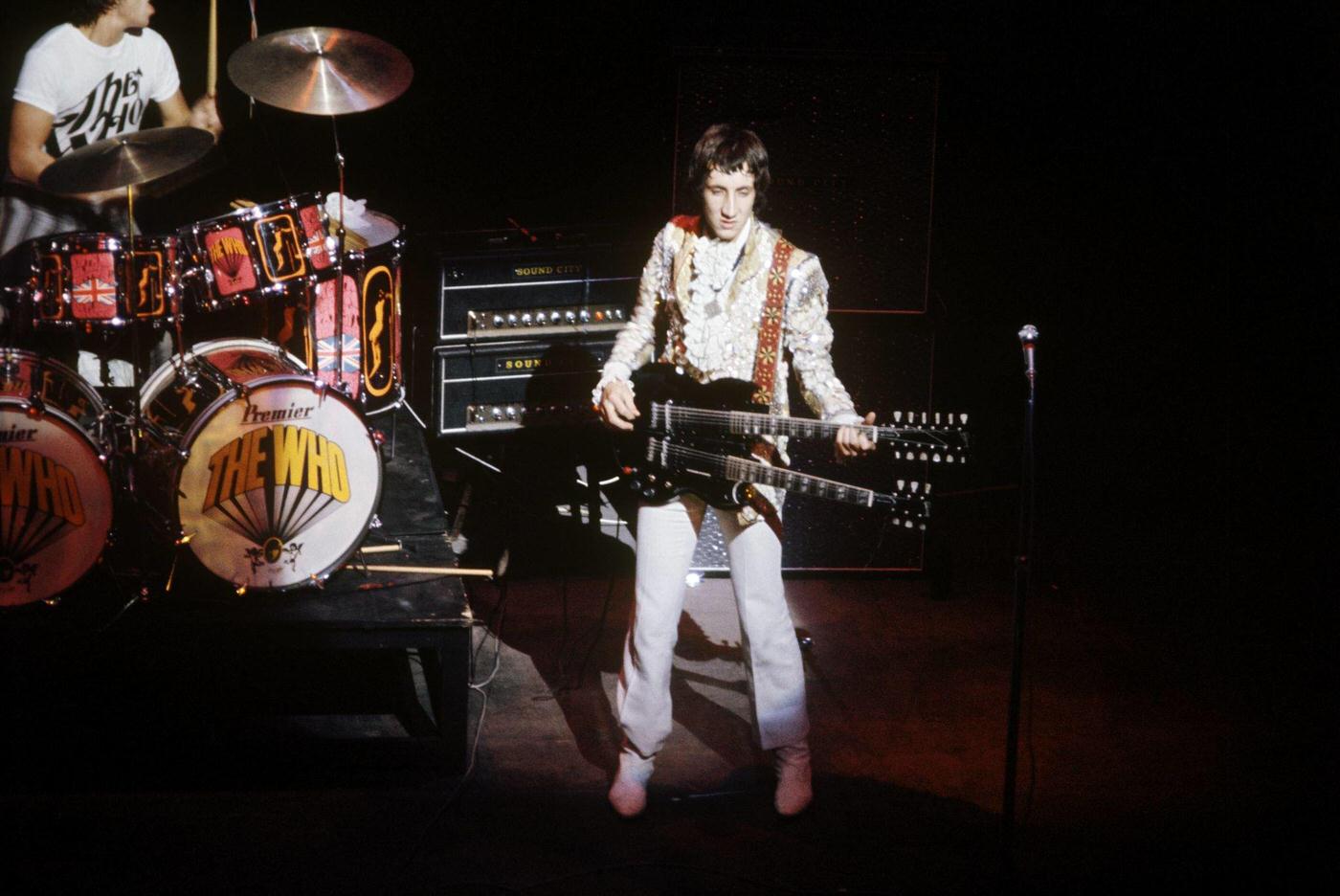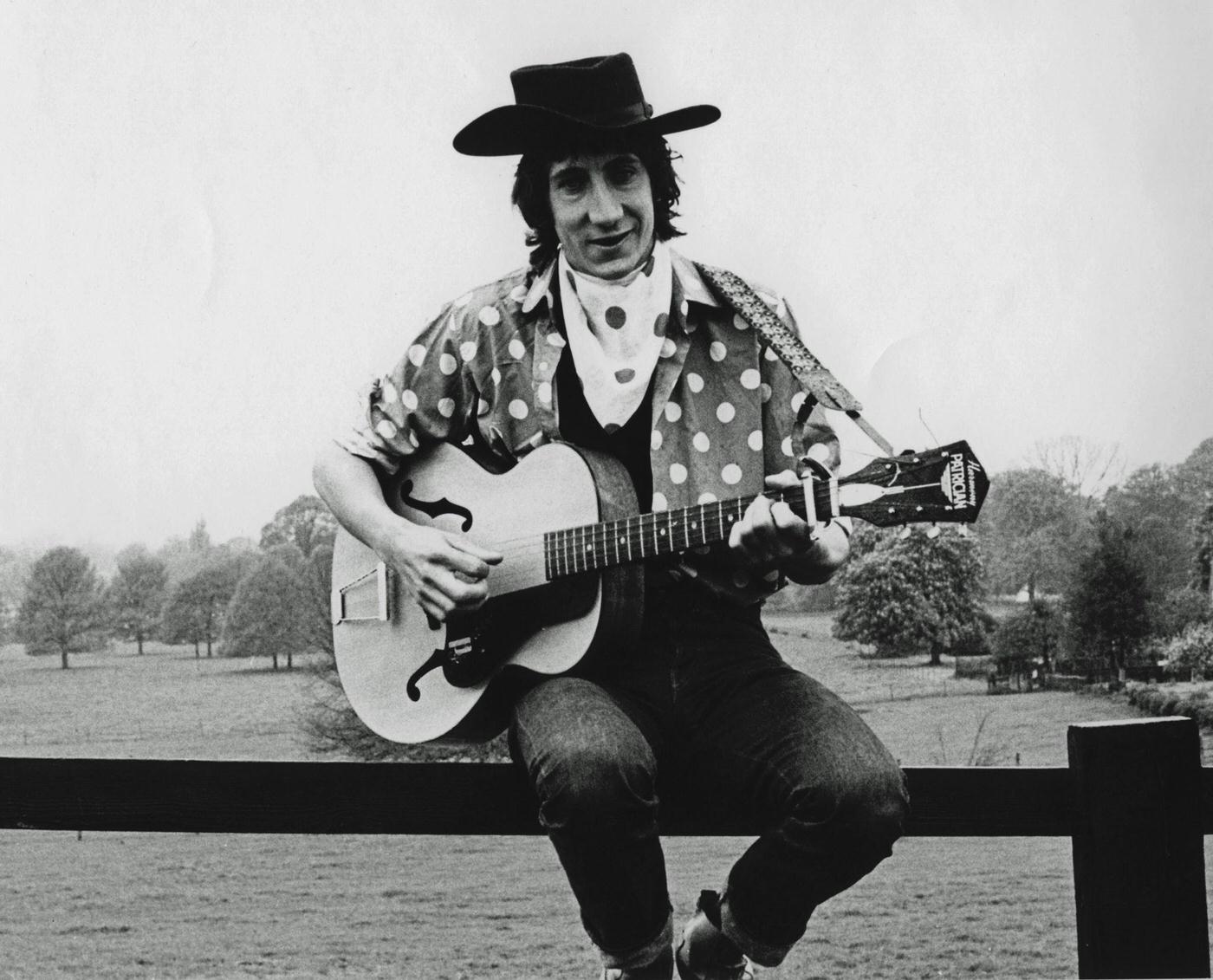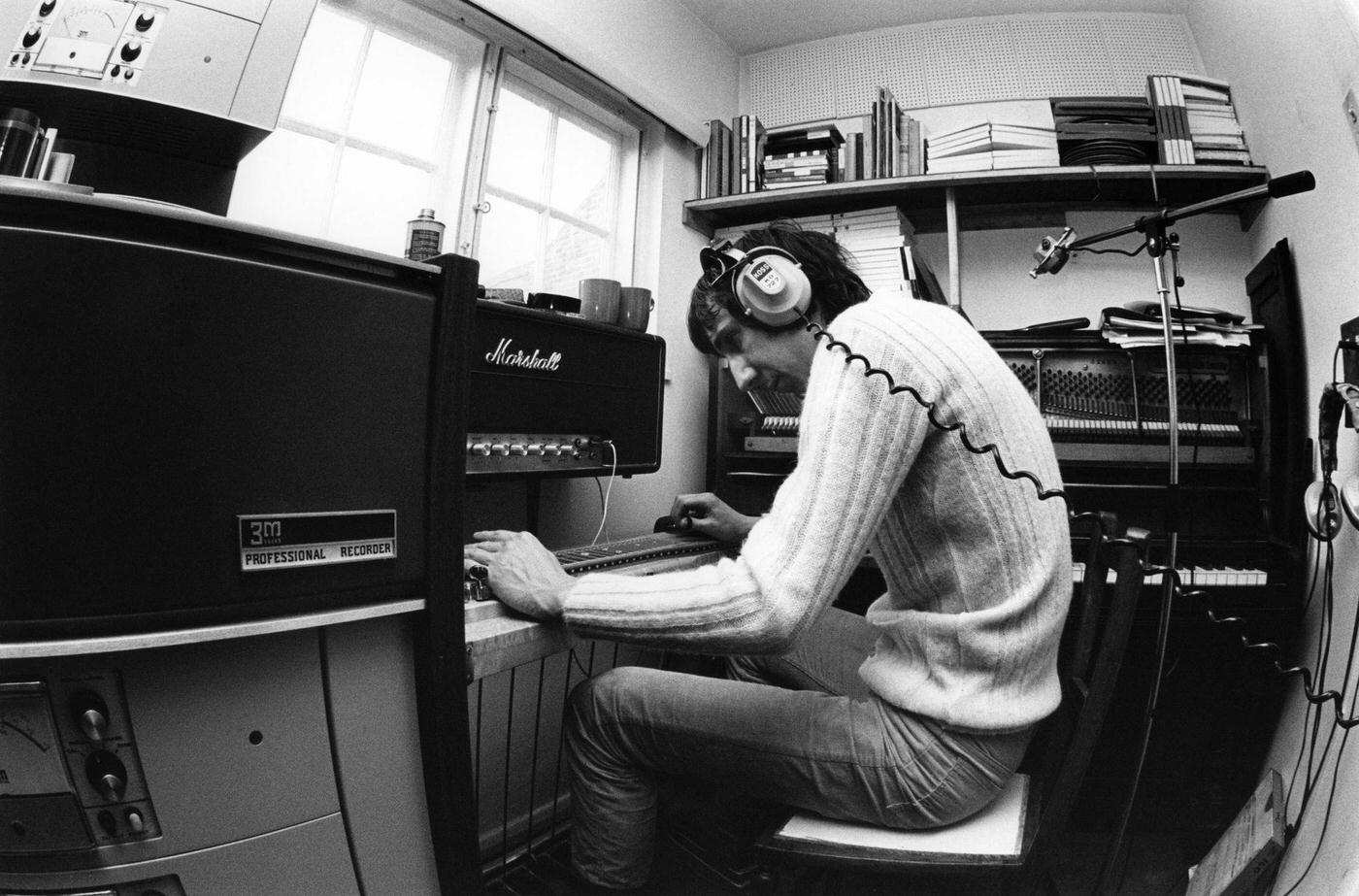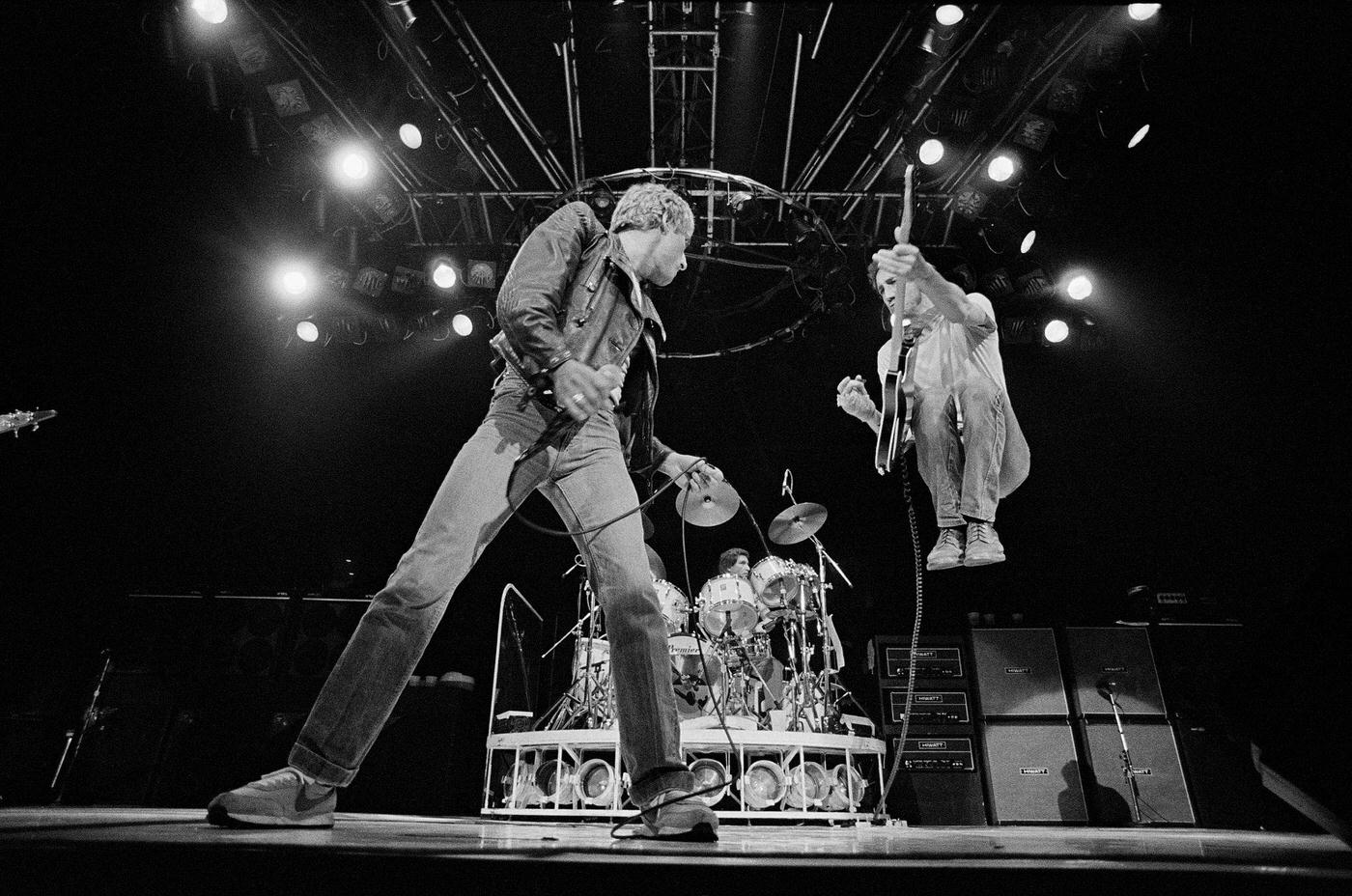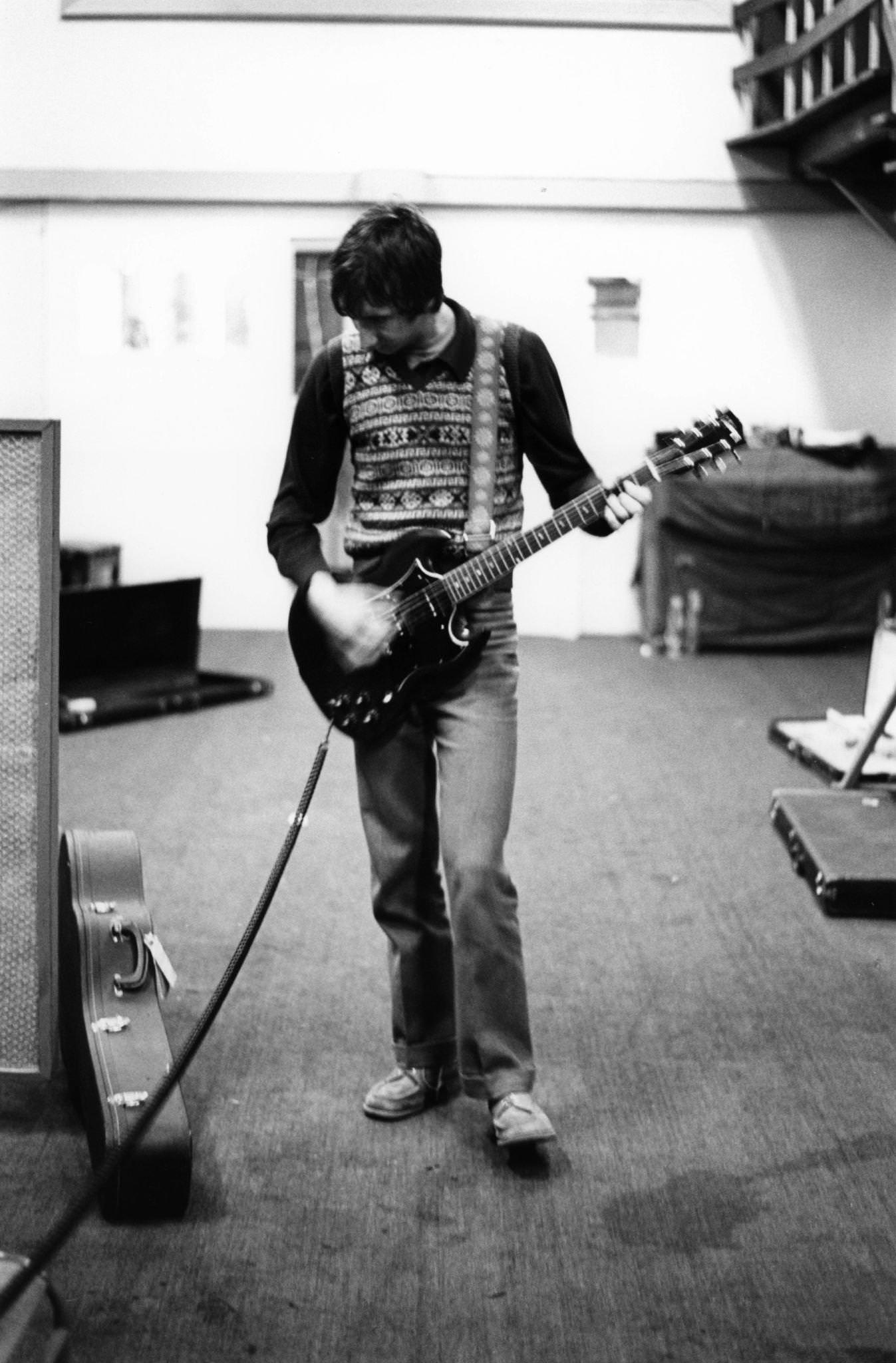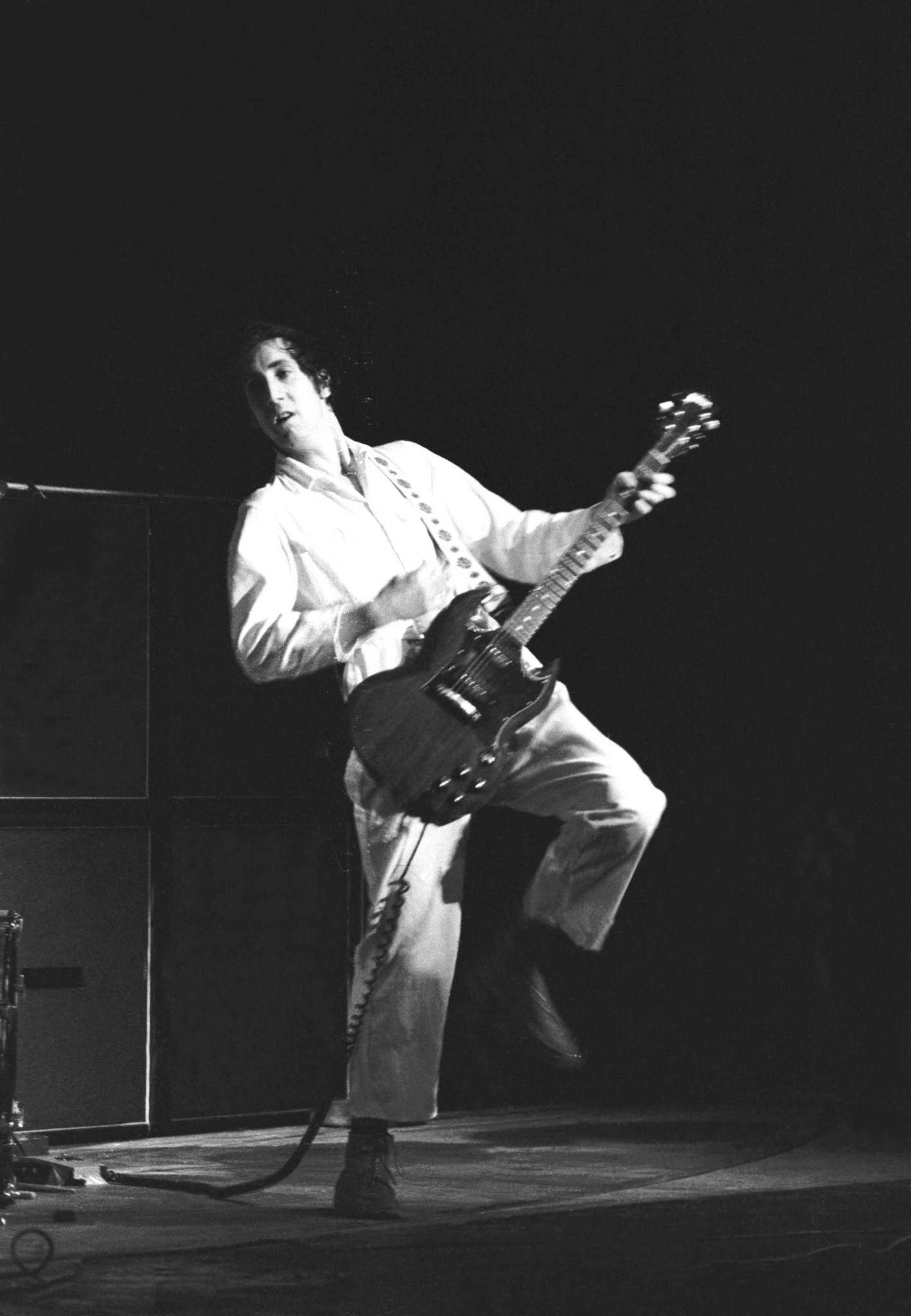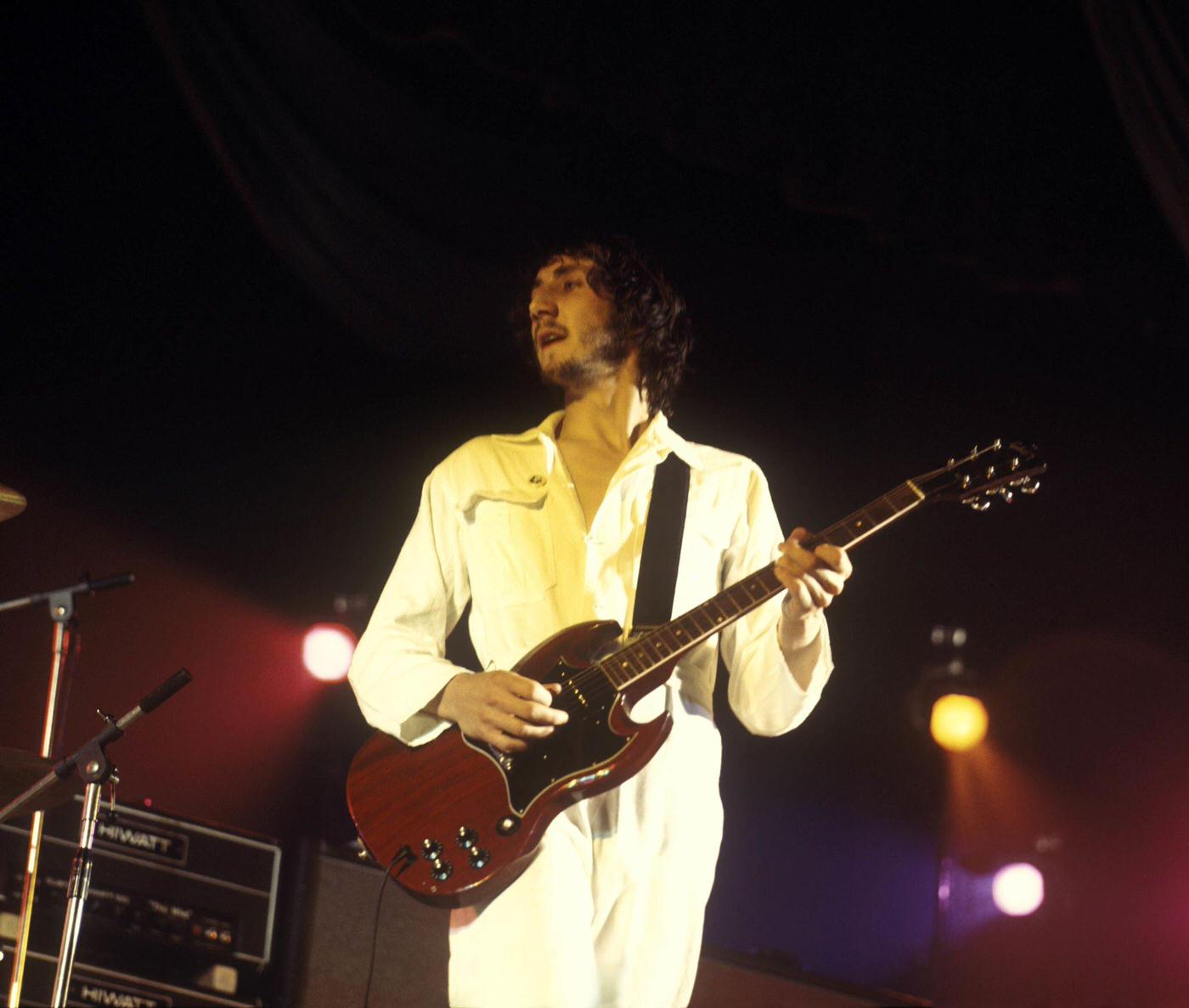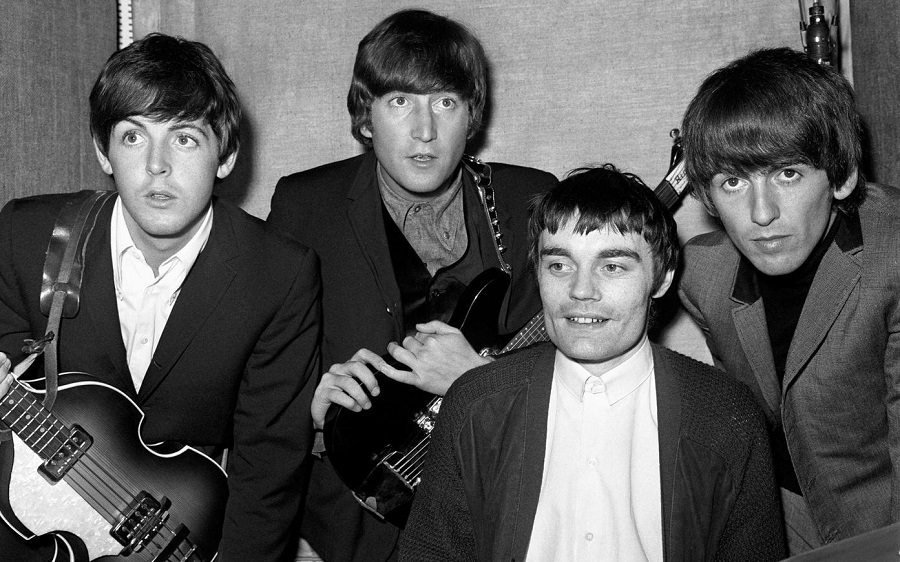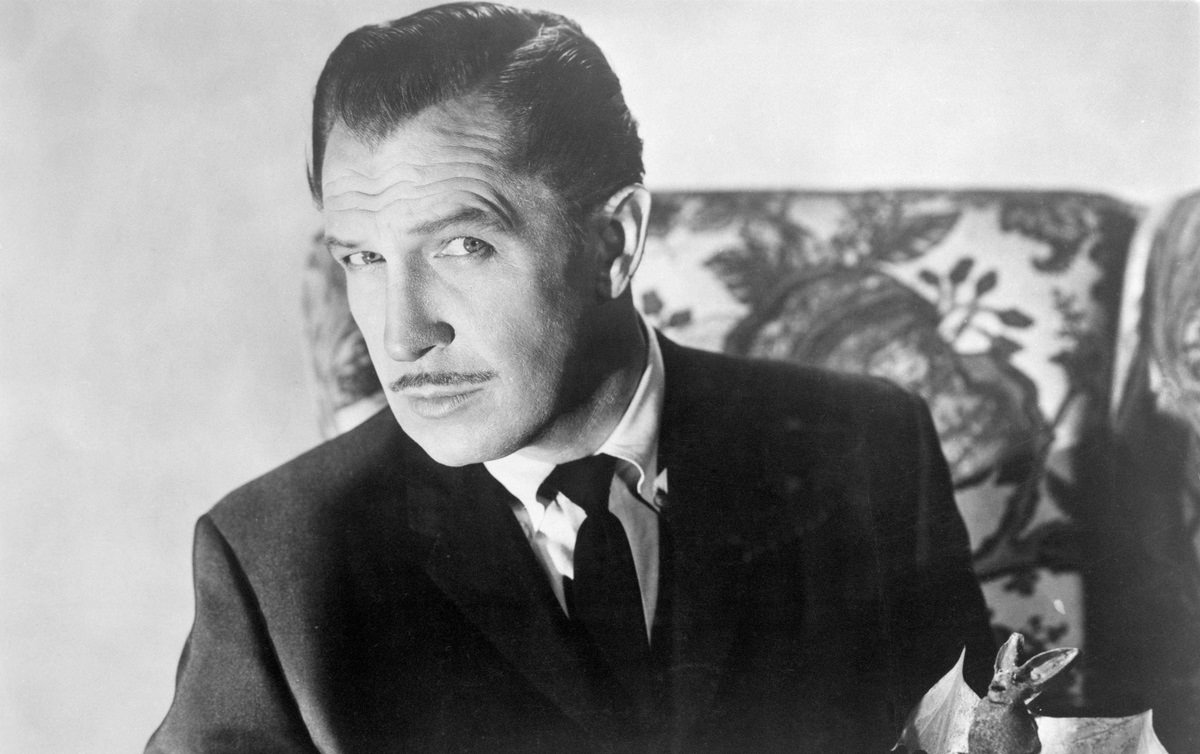Pete Townshend, the iconic guitarist and songwriter for the British rock band The Who, gained notoriety for an unusual stage act in the 1960s: smashing his guitars. This became one of the most iconic moments in rock history, a symbol of rebellion, artistic expression, and the spirit of a generation. But how did this practice start, and what were the implications of such an unusual stage act?
The mid-1960s was a time when rock and roll was more than just music; it was a form of expression, a channel for youth rebellion and societal upheaval. During these times, Pete Townshend was heavily influenced by auto-destructive art, a form of art that destroys itself. This concept was popularized by artists like Gustav Metzger, whose work questioned materialism and the permanence of art.
The First Smash
It was a night like any other in September 1964 at the Railway Tavern in Harrow and Wealdstone, London. The pub was a popular spot for music lovers, known for its live acts and, on that particular night, The Who was the headline act. Fans gathered with excitement, drinks were flowing, and the atmosphere was buzzing with anticipation. The Railway Tavern was a cramped, intimate setting with a low ceiling, which added to its charm but also presented some challenges for performers.
As Pete Townshend and his bandmates took the stage, there was a palpable sense of energy. Townshend was known for his lively performances, characterized by aggressive strumming, windmill motions with his arms, and animated movements across the stage. From the first song, the crowd could tell it was going to be a night to remember.
While deeply engrossed in his performance, Townshend misjudged the space above him. As he swung his arm in a characteristic windmill motion, the neck of his guitar collided with the low-hanging ceiling of the Railway Tavern. A cracking sound resonated through the room, disrupting the electric guitar riffs that had filled the air moments before. Time seemed to pause as Townshend inspected the now-cracked neck of his guitar. The instrument was damaged, and the performance was momentarily thrown off course.
Townshend felt a mix of frustration and embarrassment. Here he was, in the middle of a high-energy performance, now holding a damaged instrument. His instantaneous response was born out of this blend of emotions. Whether it was to save face or to make a memorable point, he lifted the guitar and began to smash it against the stage floor, breaking it further into pieces.
The room went silent for a fraction of a second, as if collectively holding its breath. What had initially looked like a mishap was turning into something entirely different, something unexpected and exhilarating. As Townshend delivered the final blows to his damaged guitar, breaking it into pieces, the room erupted into cheers and applause. What started as a frustrating accident was now an unexpected highlight of the night, an epitome of rock ‘n’ roll rebellion and unfettered artistic expression.
The Gear
The instruments Townshend chose to destroy were not always cheap. He smashed a variety of guitars, from budget-friendly models to expensive Fenders and Gibsons. This destruction did come with a cost, both monetary and artistic. However, it was part of what made The Who’s performances unforgettable, separating them from other acts of the time.
Audience Reaction
Audiences were initially shocked but eventually came to expect the destruction as part of The Who’s performance. This was, after all, a time when musical instruments were often viewed as precious, almost sacrosanct objects. To see one destroyed in a fit of artistic fervor was as startling as it was captivating. Many spectators at those early gigs probably didn’t know whether to cheer or gasp; it was an experience that defied conventional norms.
As word spread about Townshend’s theatrical and destructive act, a shift occurred in audience expectations. Fans who attended The Who’s performances began to anticipate this moment of destruction, and what had once been an act of unpredictability became a ritualized part of the show. For these fans, the guitar smashing was not an “if” but a “when,” and their enthusiasm seemed to escalate as the tension built throughout the performance, reaching a fever pitch by the time Townshend raised his guitar for the climactic smash.
The ritualistic smashing of the guitars took on a deeper meaning for both Townshend and the audience as it became a regular occurrence. For Townshend, each smash seemed to serve as a cathartic release of the artistic intensity and emotion he channeled into his performances. Similarly, the audience found an emotional outlet in witnessing the destruction. The 1960s were a tumultuous time, marked by societal unrest, civil rights movements, and youth rebellion. For many in the crowd, seeing the guitar smashing was like experiencing a vicarious release of their own pent-up frustrations and yearnings for change.
Media Coverage and Publicity
As The Who gained popularity, so did the tales of Townshend’s guitar smashing. Journalists and music critics debated the merit and impact of such actions. While some saw it as pointless destruction, others viewed it as a revolutionary act of artistic expression. Regardless of the varying opinions, the act drew significant media coverage, contributing to The Who’s growing fame.
Financial and Logistical Challenges
While smashing guitars added a unique element to The Who’s live performances, it presented a set of challenges. Replacing the destroyed instruments was a financial burden, especially in the early days of the band when resources were limited. There were also logistical concerns, like ensuring that enough guitars were available for each performance. The band had to coordinate closely with their road crew and make strategic decisions about when to include the act in their shows.
Influence on Other Artists
Townshend’s guitar smashing inspired a slew of other artists to incorporate destruction and chaos into their performances. Jimi Hendrix is perhaps the most famous example; he not only smashed but also burned his guitars on stage. Over the years, the act has been emulated by several artists across genres, cementing its place as a noteworthy moment in rock history.
The Waning of the Ritual
By the end of the 1960s and into the early 1970s, the act of smashing guitars became less frequent in Townshend’s performances. There were several factors at play, including the financial impracticalities and a changing cultural landscape. However, even as the act itself waned, its impact and legacy continued to be a topic of discussion and examination.


